Description
About the Village
Jandrari, a small village nestled in the Ramnagar tehsil of Udhampur district in Jammu and Kashmir, India, offers a unique blend of traditional rural life and the natural beauty of the region. Located approximately 10 kilometers from the sub-district headquarter of Ramnagar and about 44 kilometers from the district headquarter of Udhampur, Jandrari is a peaceful and self-sustaining village with a population of 1,560 people, according to the 2011 Census. With a geographical area of 501.8 hectares, the village is strategically positioned amidst the picturesque hills and fertile plains, contributing to its agricultural success.
Geography and Climate
Jandrari is characterized by its varied landscape, including a combination of agricultural fields, water bodies, and natural vegetation. The land is divided between irrigated and non-irrigated areas, with canal irrigation being the primary source of water for farming activities. The presence of several small rivers and water bodies makes it an ideal location for agriculture, which is the mainstay of the village's economy. The climate in Jandrari is typical of the region, with hot summers, moderate monsoons, and cold winters. The best time to visit is during the spring (March to May) and autumn (September to November) seasons, when the weather is pleasant and the region’s natural beauty is at its peak.
Population and Demographics
Jandrari has a relatively small but vibrant population, with 837 males and 723 females. Despite being a rural village, the community exhibits a strong sense of unity, with families typically residing in closely-knit clusters. The total number of houses in the village stands at approximately 244.
The literacy rate of the village is 57.05%, with a gender disparity in education—male literacy rates are higher at 65.35%, while female literacy rates stand at 47.44%. This reflects the broader trend of gender-based educational challenges that rural areas often face, although the village’s educational infrastructure has been steadily improving in recent years.
Agricultural Economy
The economy of Jandrari is predominantly based on agriculture, with farming being the primary occupation for most of its residents. The fertile soil, aided by canal irrigation, supports the cultivation of several staple crops such as wheat, rice, maize, and various vegetables. The agricultural practices in Jandrari are traditional, with most farmers relying on manual labor and animal-drawn plows.
Additionally, the village has a significant livestock farming sector, with cows, buffaloes, and goats being raised for milk, meat, and other by-products. This livestock farming not only supports the local economy but also provides the community with dairy products, which are an integral part of their daily diet.
Cultural Heritage and Traditions
Culturally, Jandrari is rich in traditions that are emblematic of the region’s diverse cultural influences. The village celebrates a variety of festivals that serve as important community events, including Lohri, Diwali, and Eid. These festivals are marked by communal gatherings, traditional music, dances, and special foods. Traditional Kashmiri and Punjabi dishes, such as Rogan Josh, Dum Aloo, Rajma Chawal, and Phirni, are commonly prepared during these occasions.
Music and dance are central to the celebrations, with local artists performing traditional folk music and dances such as Bhangra and Gidda. The village also maintains a strong connection to its agricultural roots through various folk traditions and crafts, which are often showcased during local fairs and melas.
Education and Infrastructure
Education in Jandrari is seen as a critical aspect of community development, and the village has made notable strides in improving its educational infrastructure. The village is home to a government primary school, along with several private primary schools, which cater to the educational needs of the children. While the literacy rate is still below the national average, there has been a concerted effort to improve the educational outcomes, especially for girls.
The curriculum at these schools emphasizes a balance between academic learning, extracurricular activities, and sports, fostering the holistic development of students. The government school is equipped with basic facilities, but the availability of advanced educational resources remains limited, which often leads students to travel to nearby towns like Ramnagar or Udhampur for further education.
Connectivity and Accessibility
Despite its rural setting, Jandrari is relatively well-connected to the surrounding areas. The village is accessible by road from both Ramnagar and Udhampur, with public and private bus services operating within a 10 km radius. This provides villagers with easy access to markets, healthcare, and other essential services.
The nearest railway station is the Bari Brahman Rail Way Station, located over 10 km away, which connects the village to major cities in the region.
For air travel, the nearest airport is Jammu Airport, approximately 44 km away, which is convenient for residents and visitors.
The well-established road and transport network helps Jandrari maintain ties with the larger urban centers of the region, facilitating trade, education, and healthcare.
Health and Veterinary Services
Jandrari has basic healthcare services in the form of a primary health center, which provides essential medical care to the villagers. For more serious health conditions or specialized treatments, residents typically travel to nearby towns like Ramnagar or Udhampur.
The primary health center offers routine medical checkups, vaccinations, and treatment for common illnesses, but it lacks advanced medical equipment. The village also has access to veterinary services, ensuring the health and productivity of the livestock. These services are critical to supporting the livelihoods of farmers and maintaining the agricultural economy.
The government has made efforts to improve the health infrastructure, but more specialized services remain a challenge in this rural area.
Biodiversity and Environmental Conservation
Jandrari is home to a diverse range of flora and fauna, making it an environmentally rich village. The surrounding agricultural fields, water bodies, and natural forests provide habitats for various species of birds, small mammals, and insects.
Common trees like Poplar, Willow, and Chinar line the village’s landscape, adding to the natural beauty and ecological diversity. The community is conscious of the need for environmental conservation, with efforts made to preserve the natural surroundings and promote sustainable farming practices.
The village's residents rely on the health of their natural resources for agriculture, which further strengthens the community’s commitment to biodiversity and environmental protection.
In conclusion, Jandrari is a charming village that encapsulates the essence of rural life in Jammu and Kashmir. From its agricultural economy and cultural traditions to its educational aspirations and community spirit, Jandrari offers a window into the way of life in this scenic and serene region of India.
While the village faces challenges typical of rural areas, such as limited infrastructure and education, it continues to thrive and preserve its rich cultural and agricultural heritage.
Photos
Videos
Location Map
Contact Information
| Address |
Jandrari,Ramnagar,Udhampur,Jammu&Kashmir (Pin-182122) |
| Phone Number |
9797322215 |
| Website | https://jkpanchayat.jk.gov.in/panchayatdataview.php?panchayat=Jandrari&block=Ramnagar |
Reviews (1)


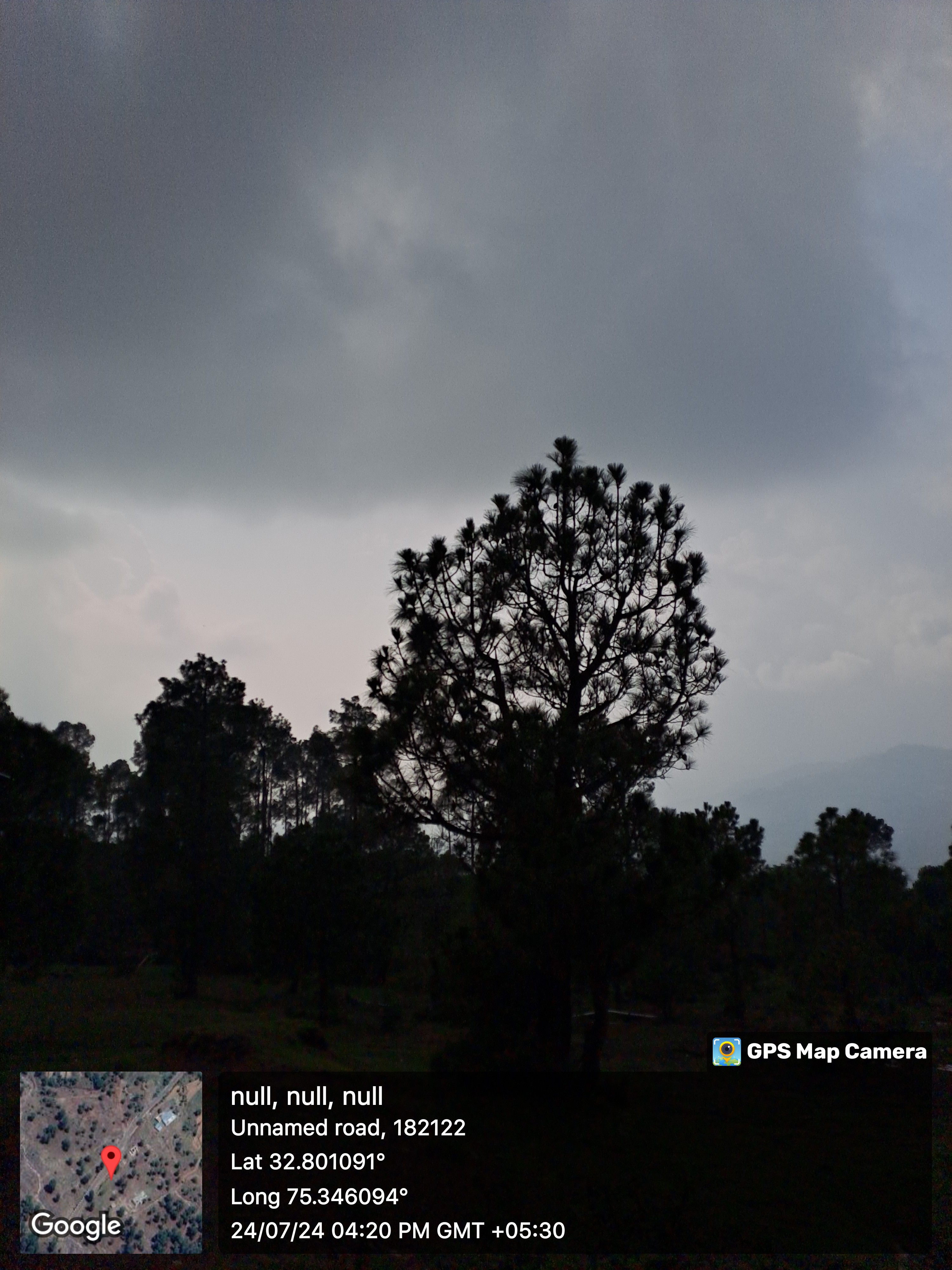
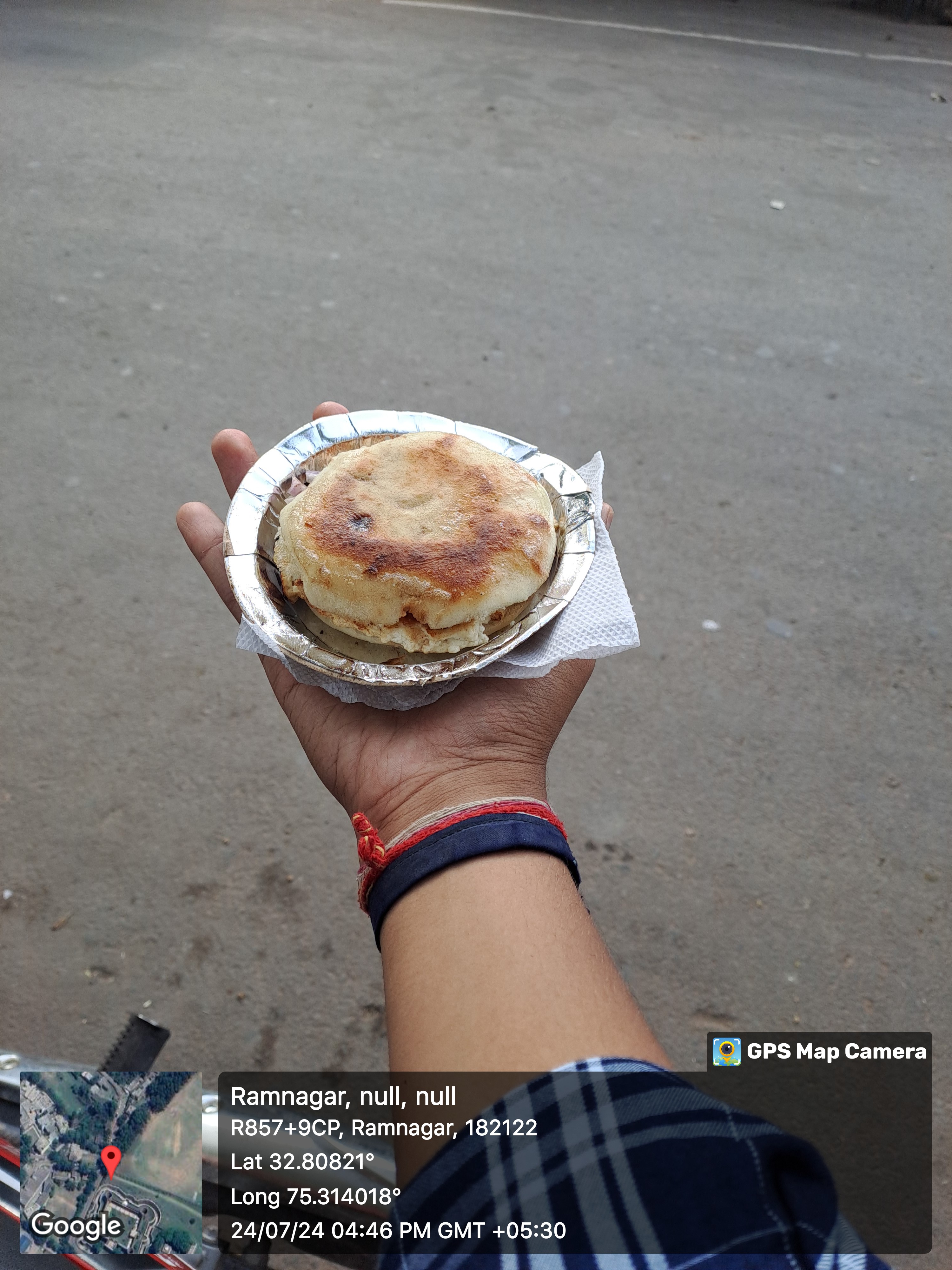
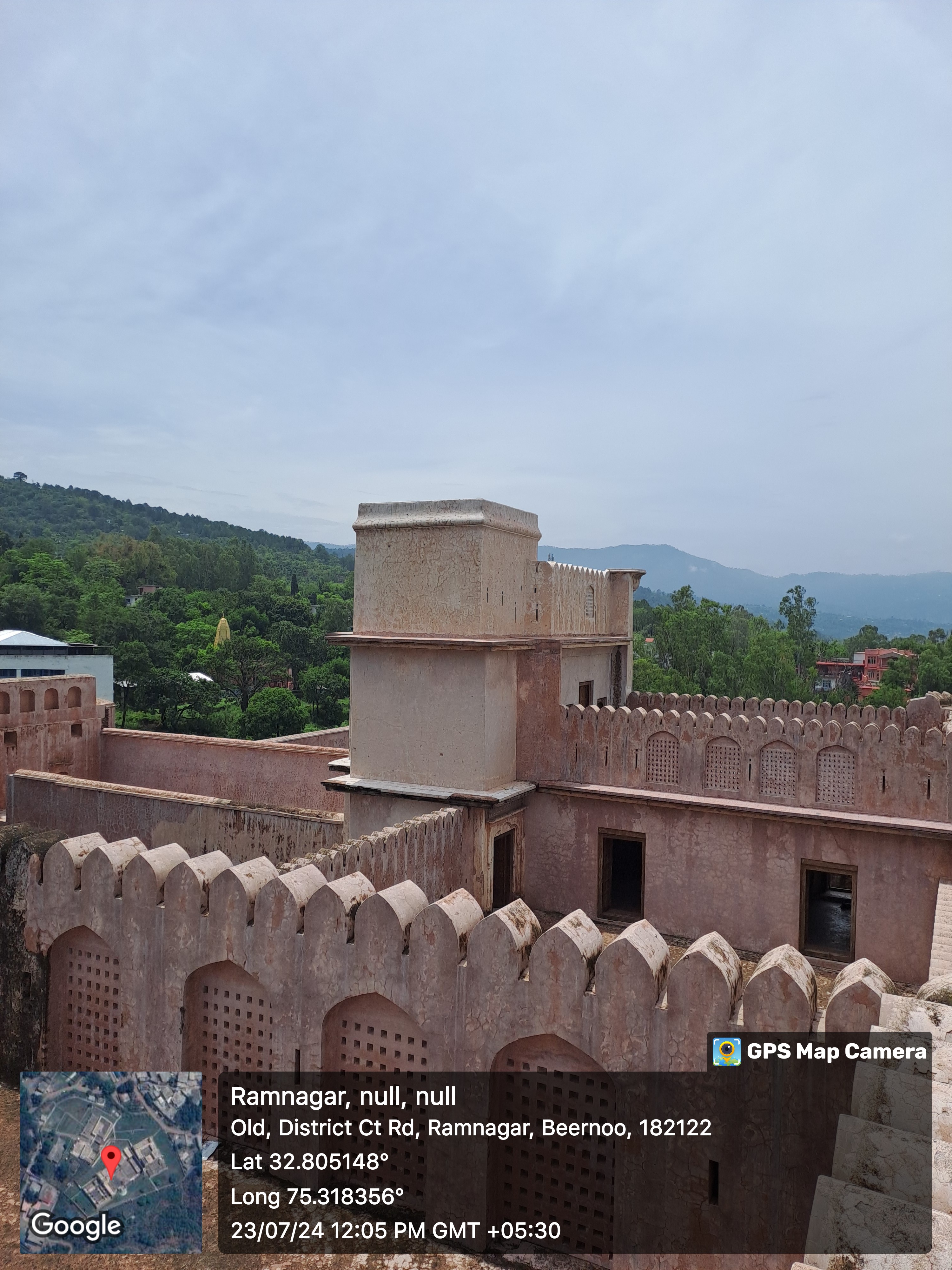
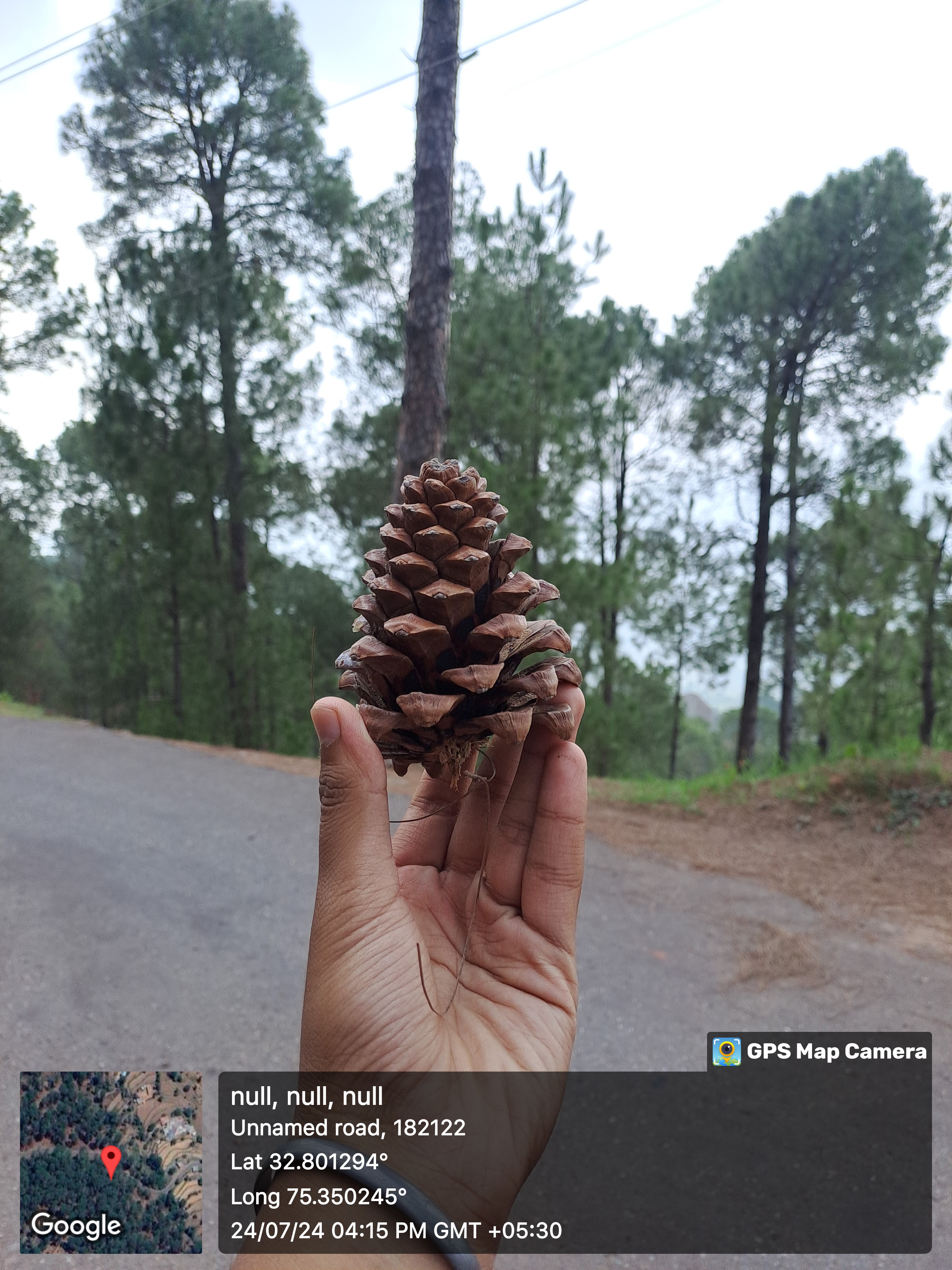
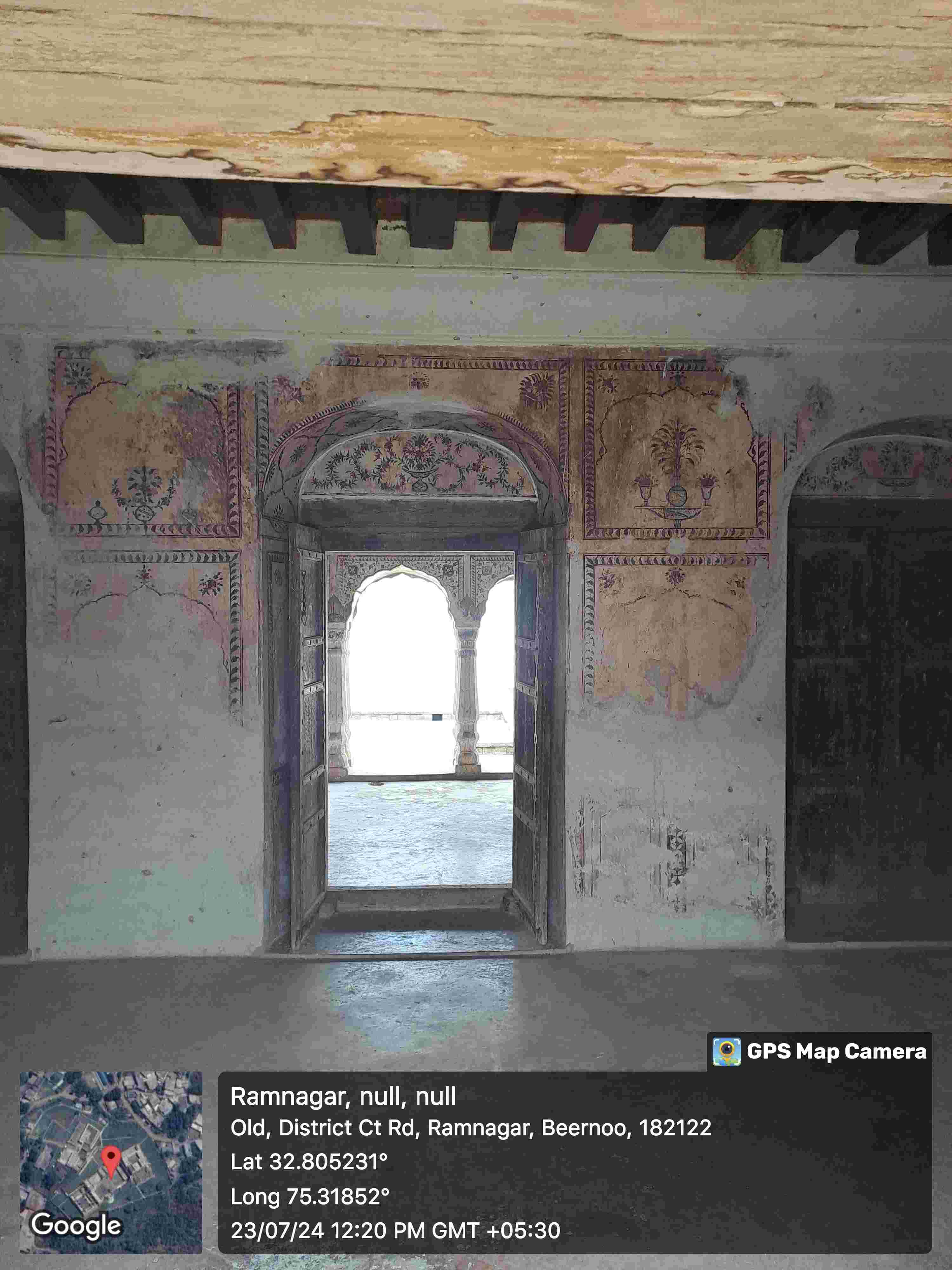
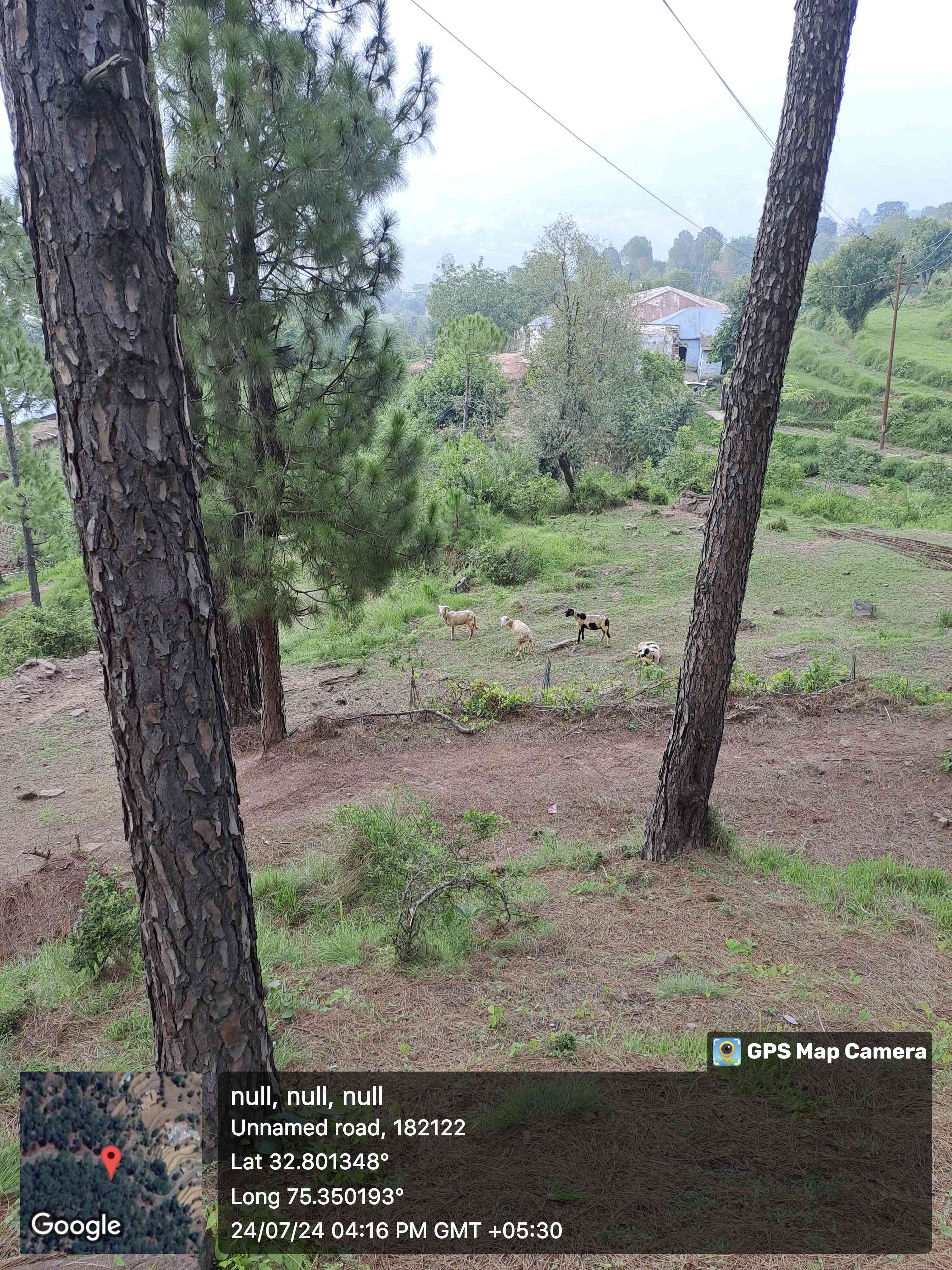
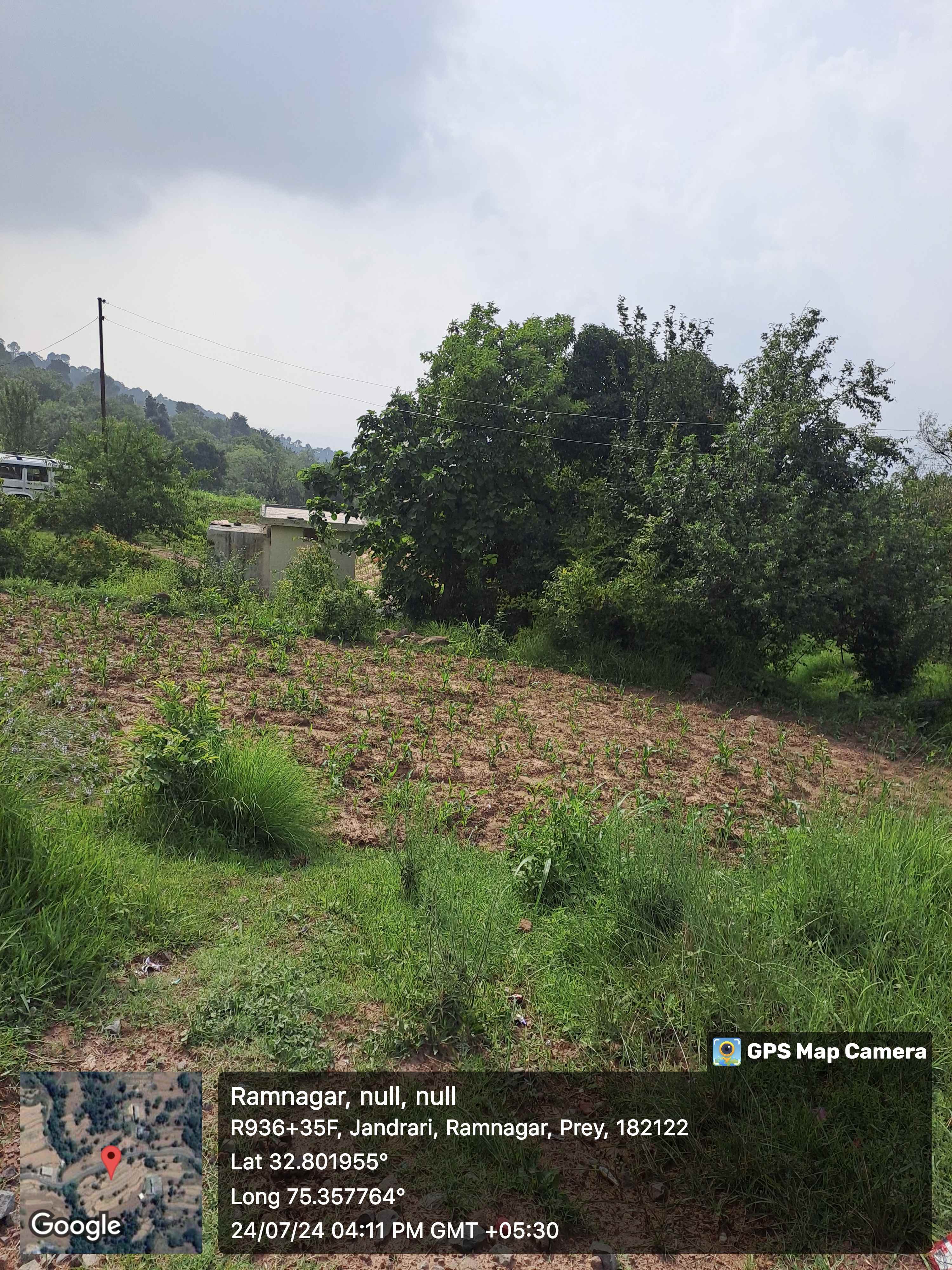
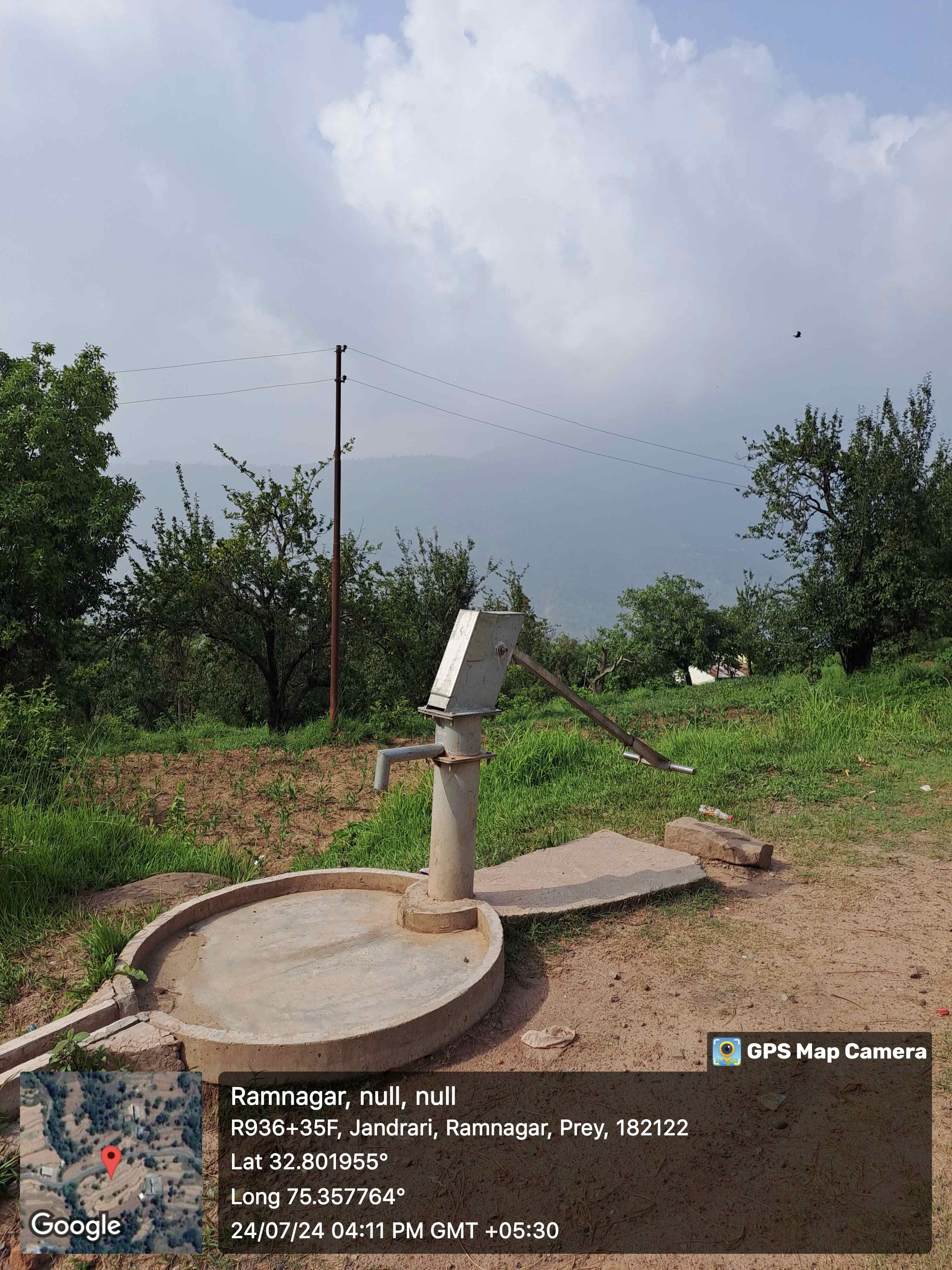
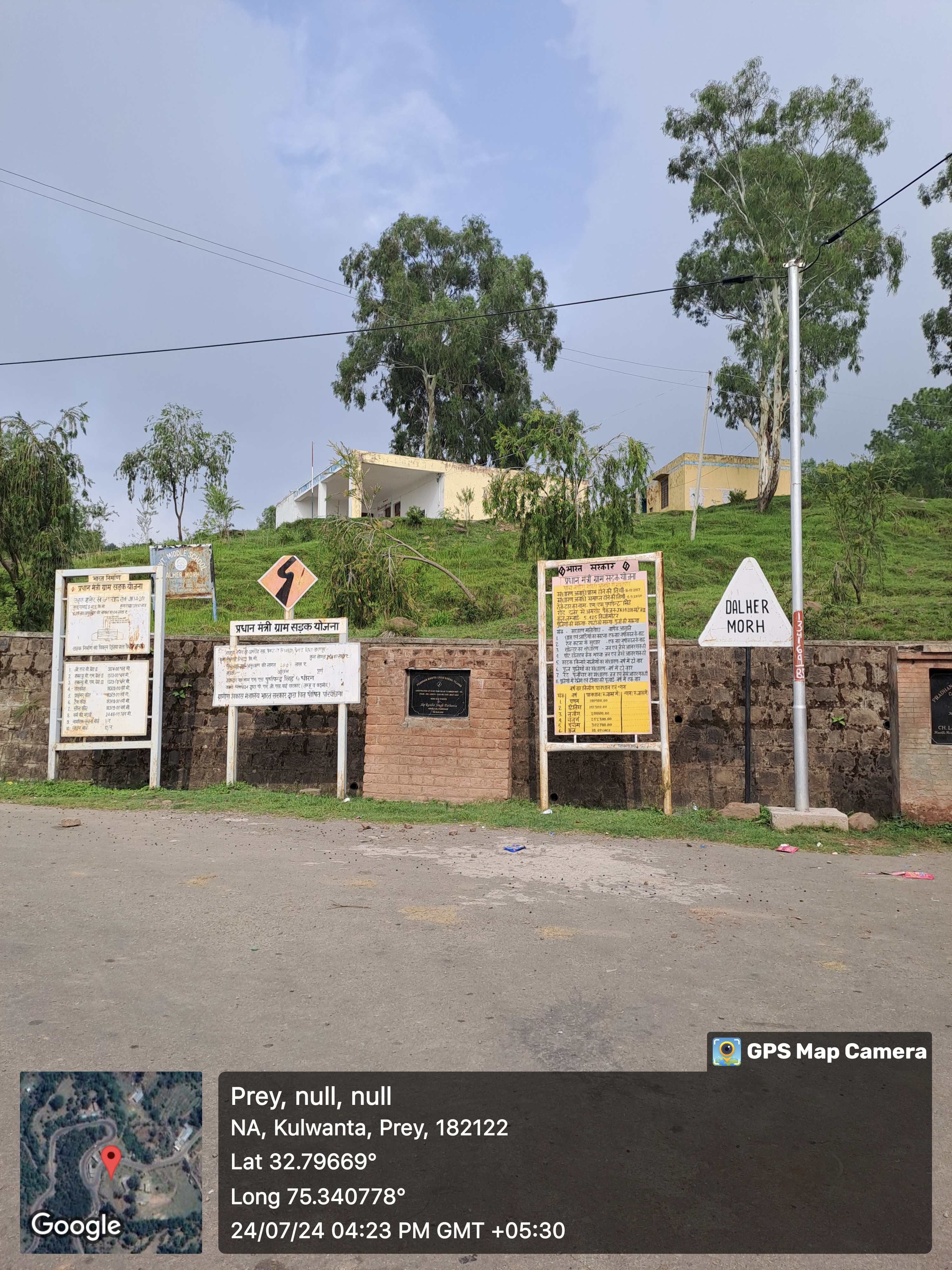
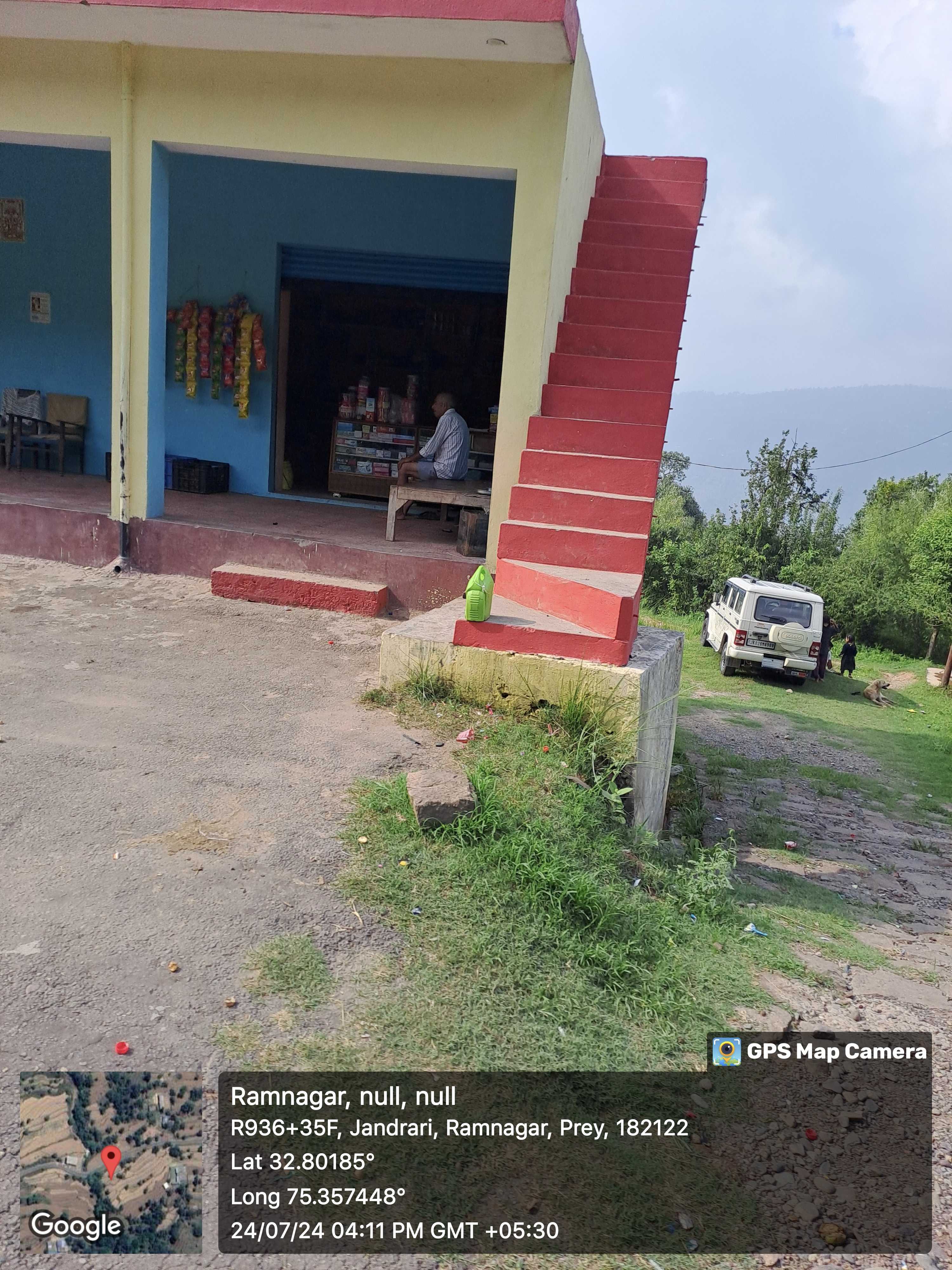
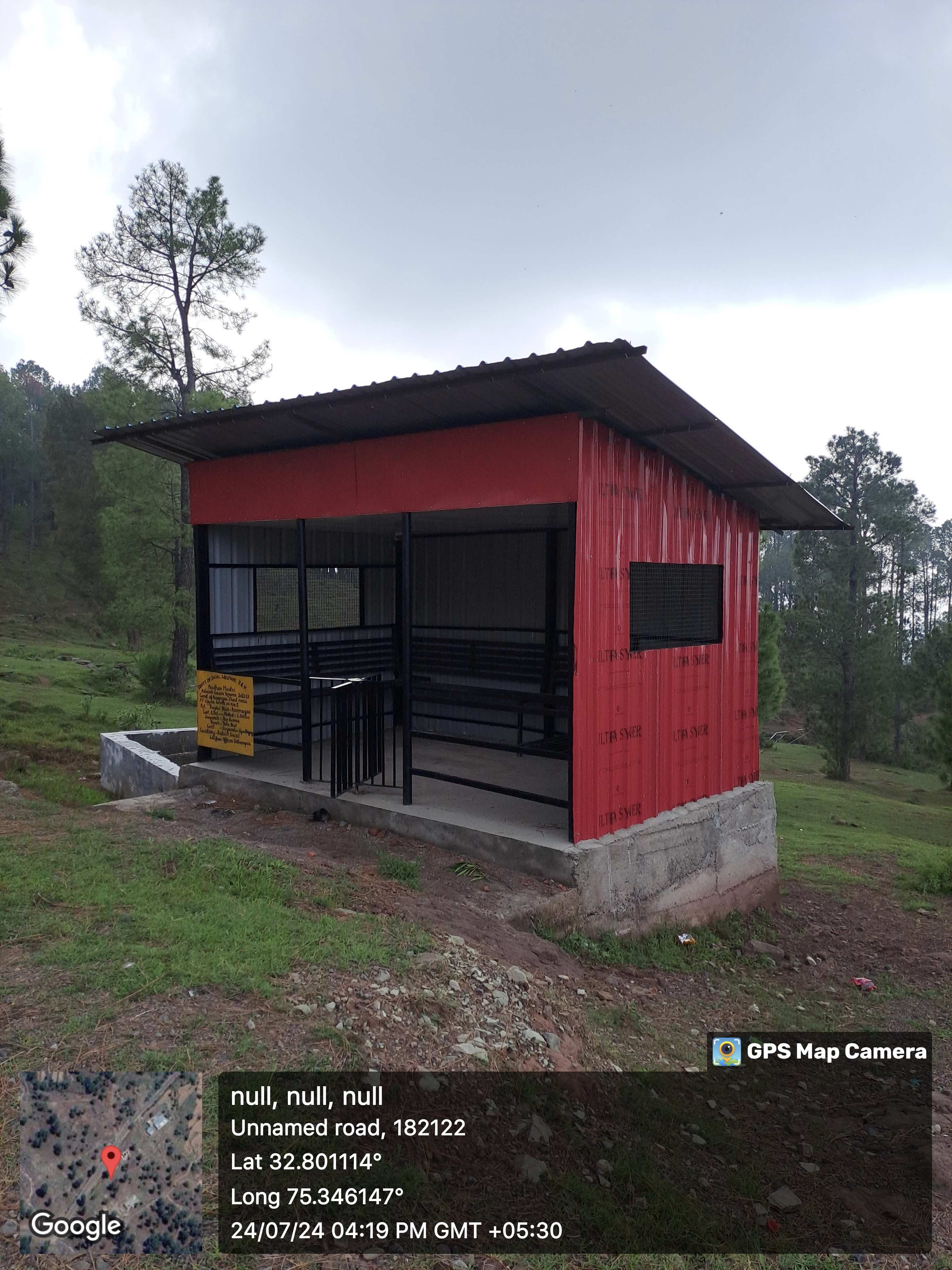
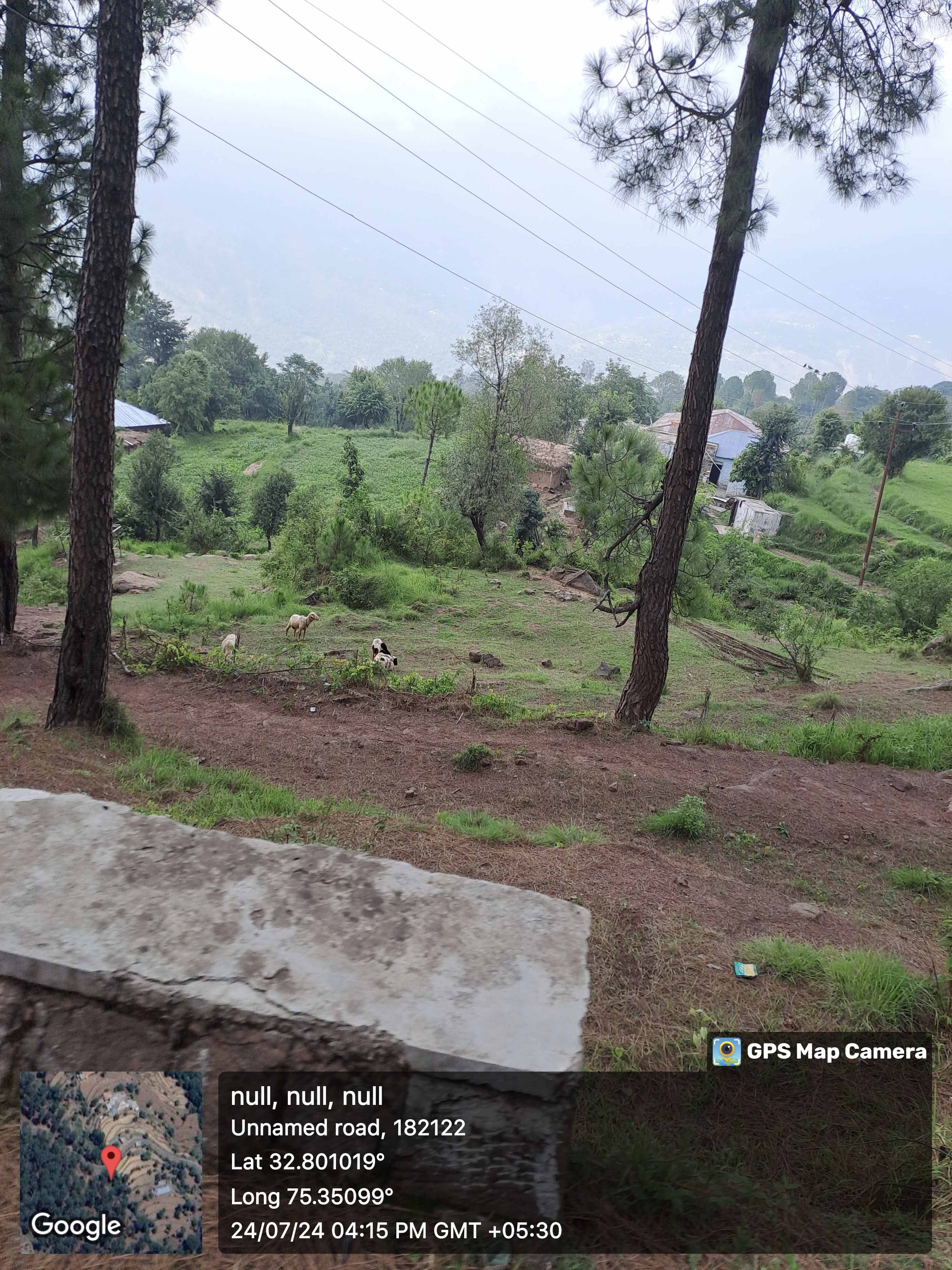
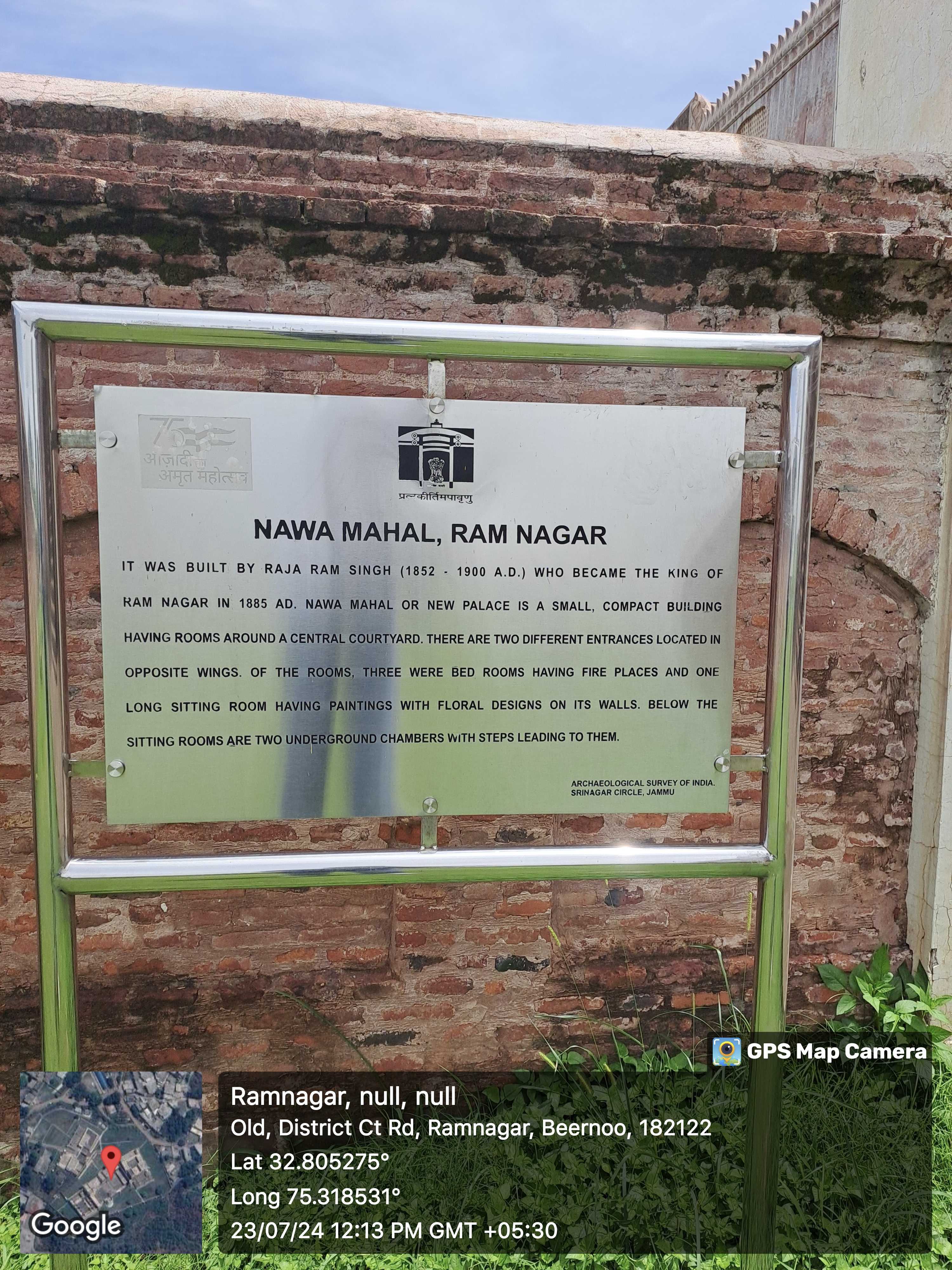
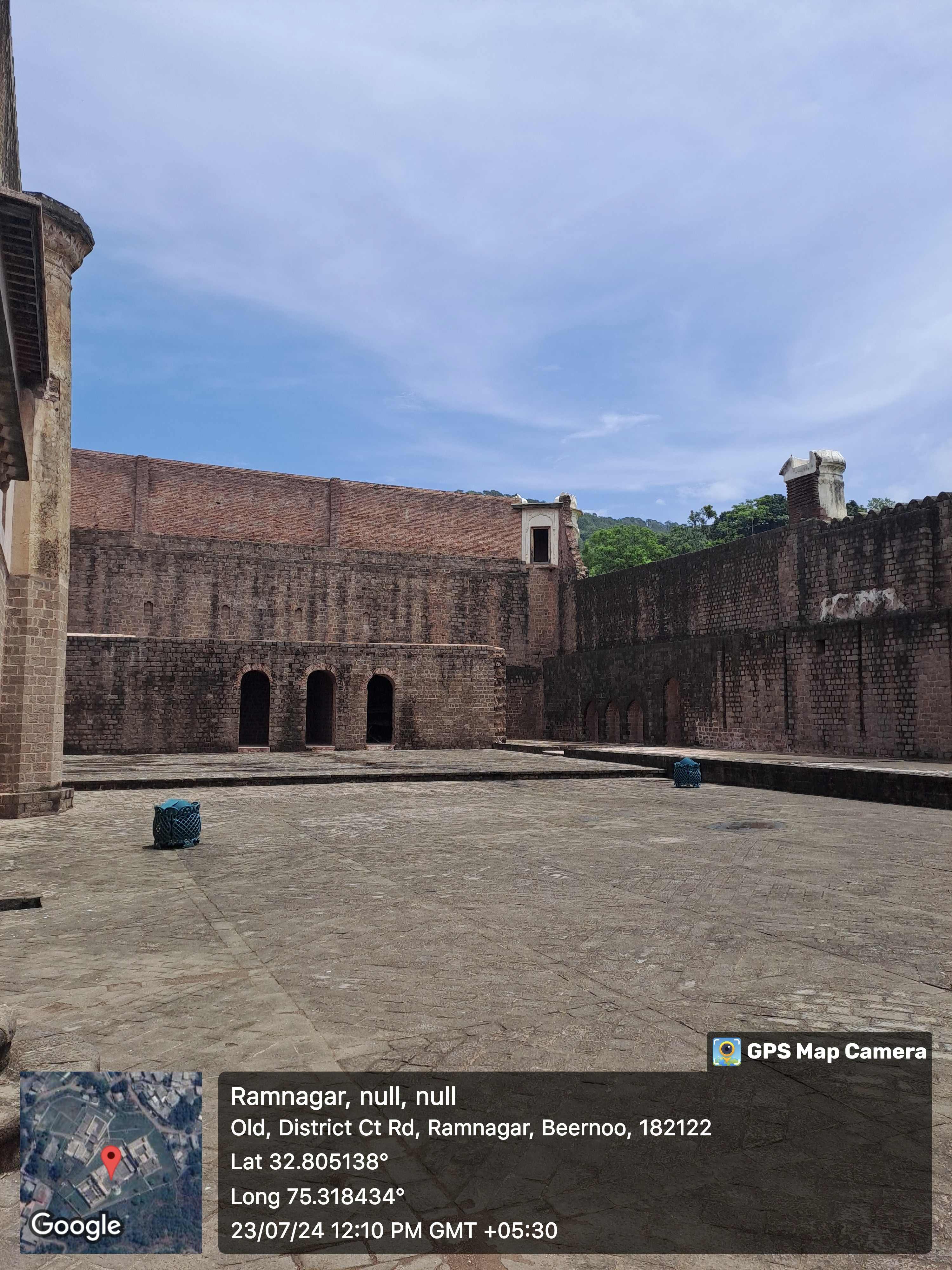
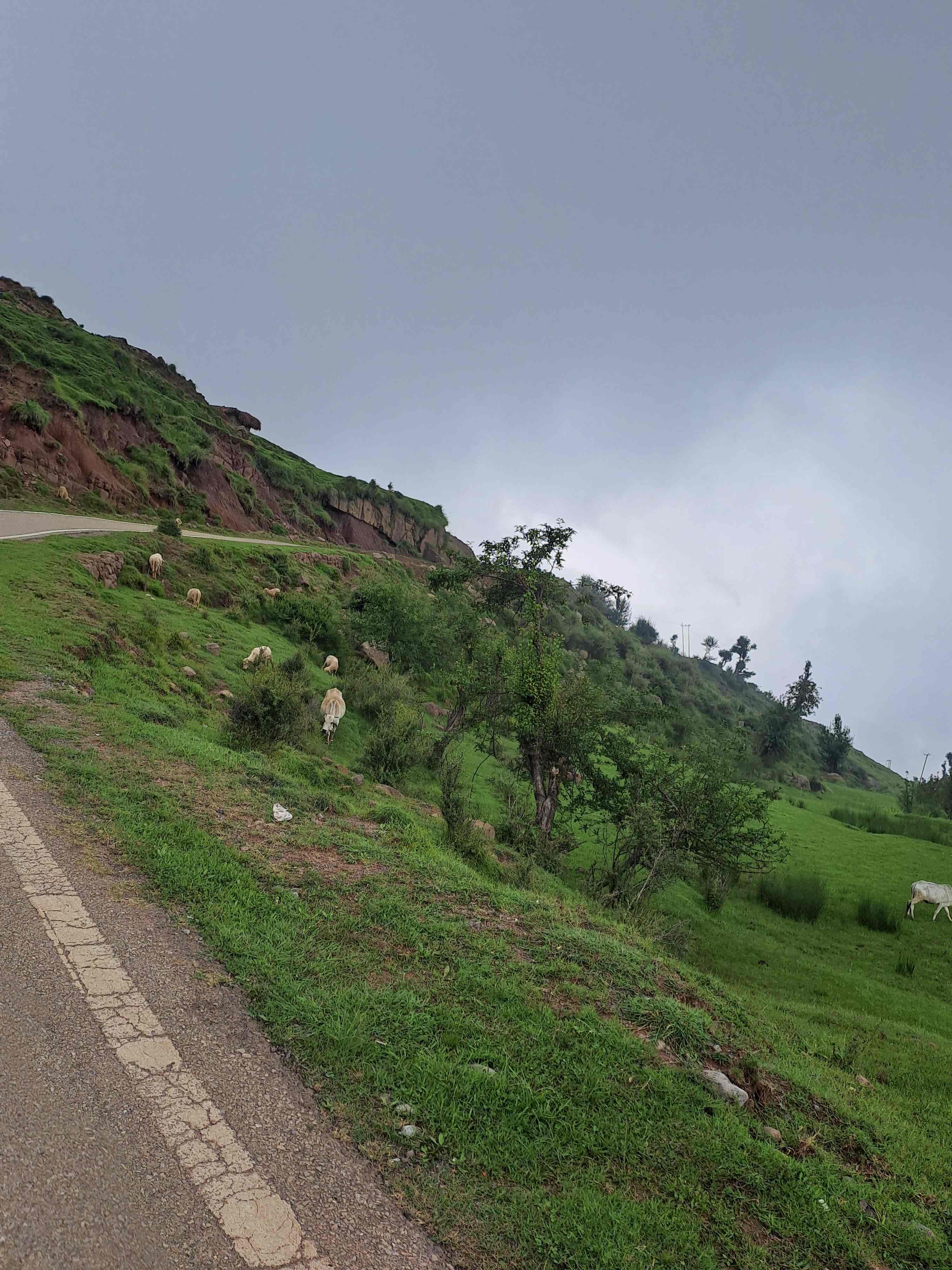
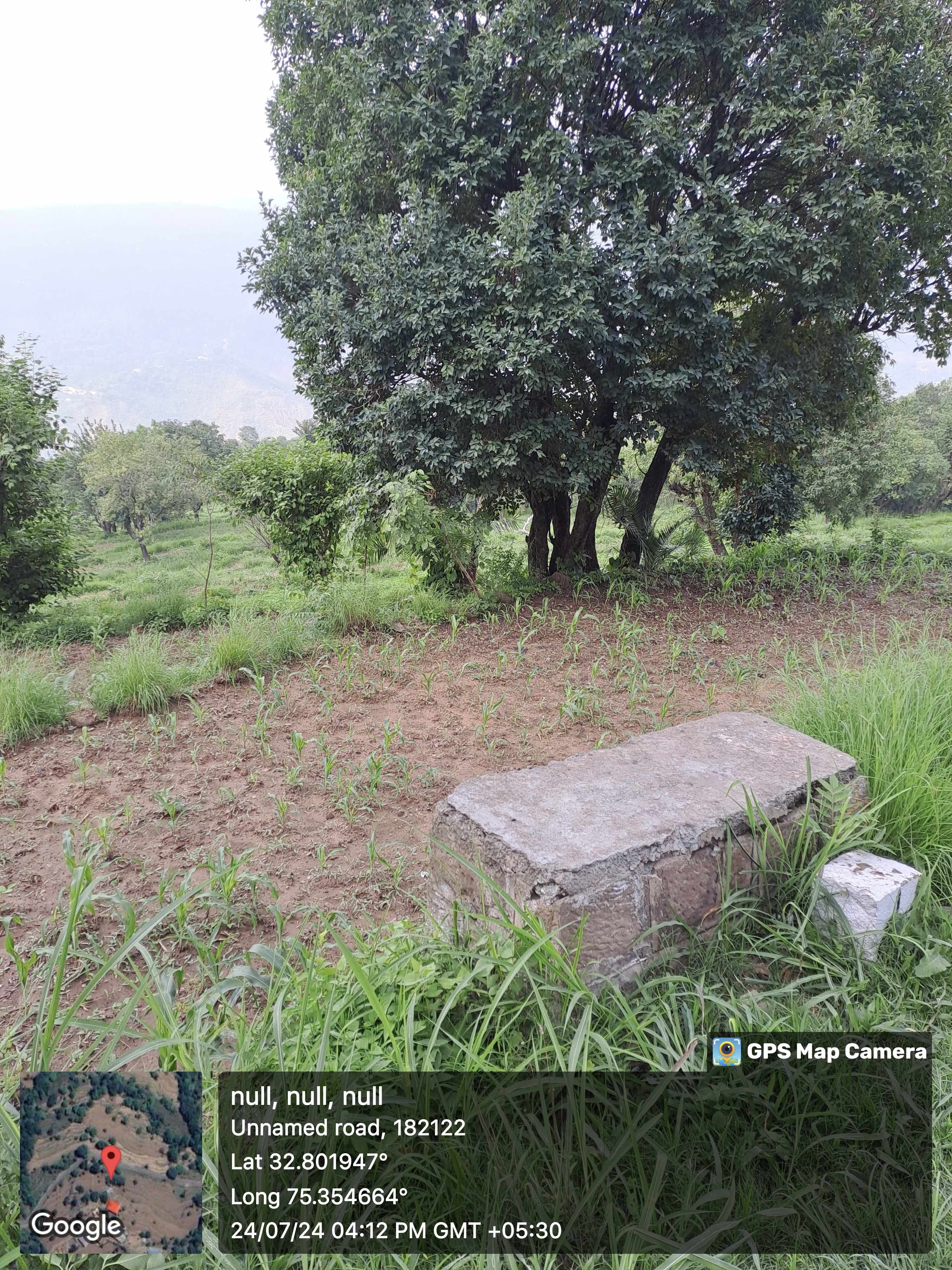
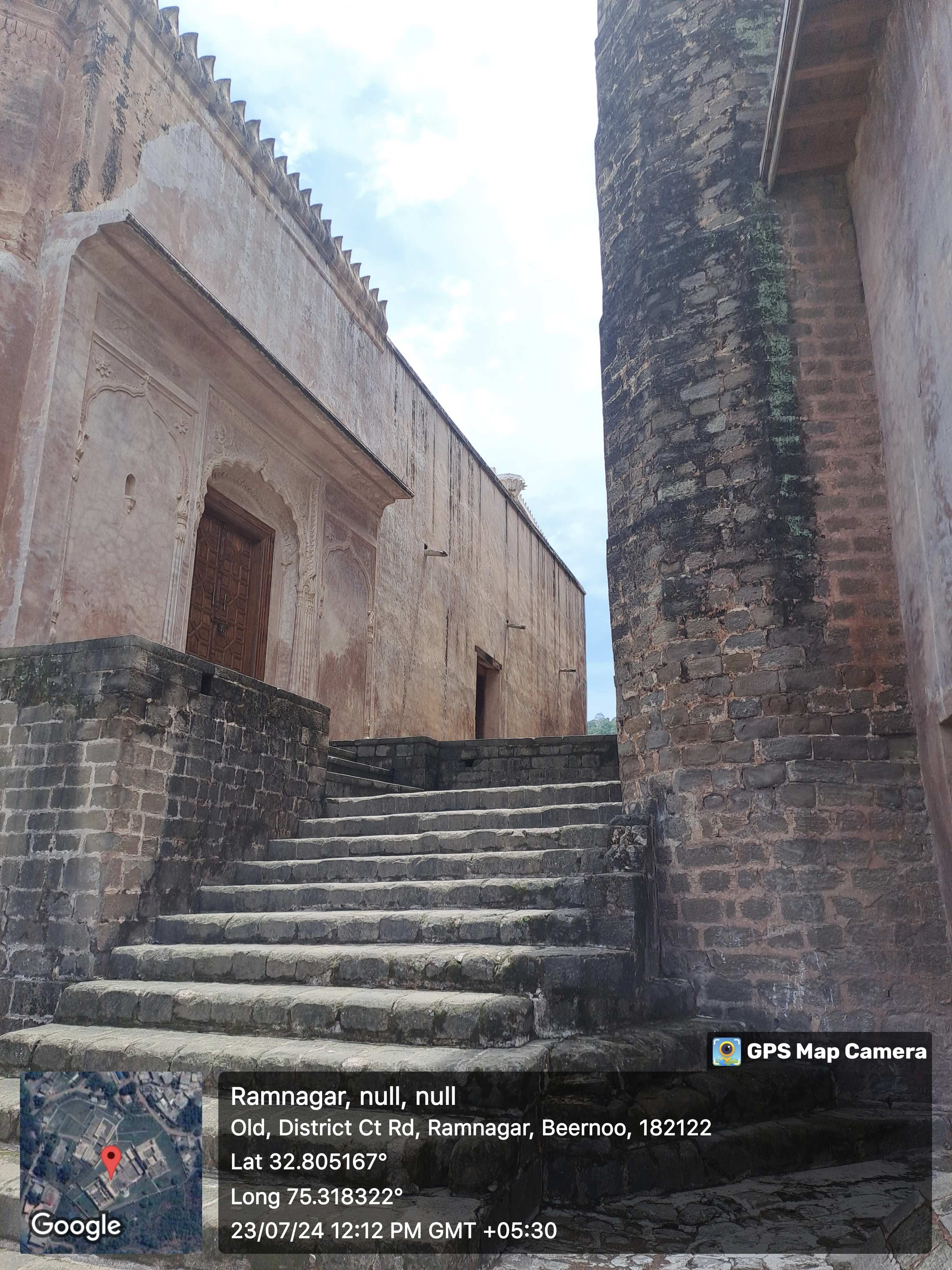
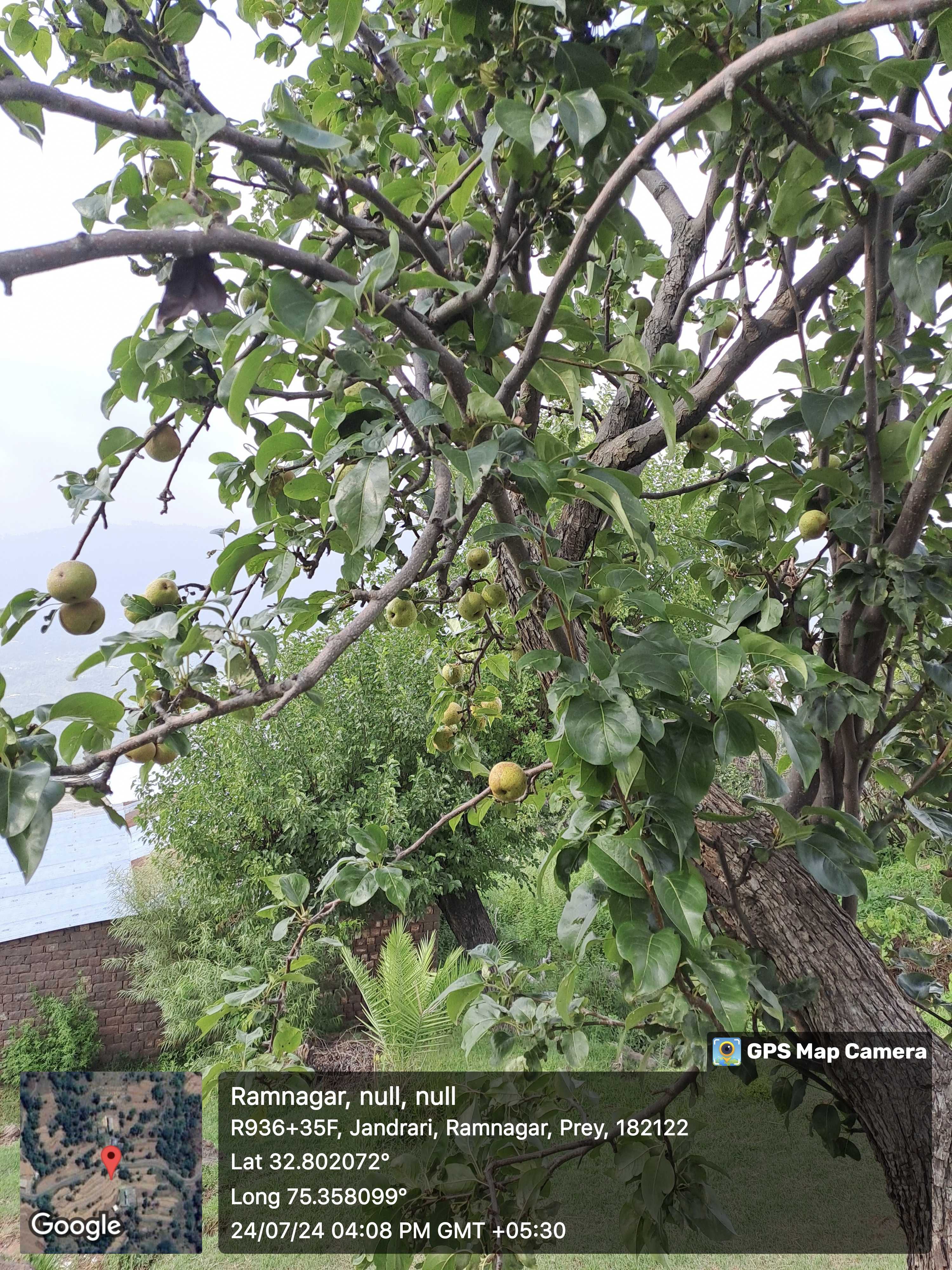
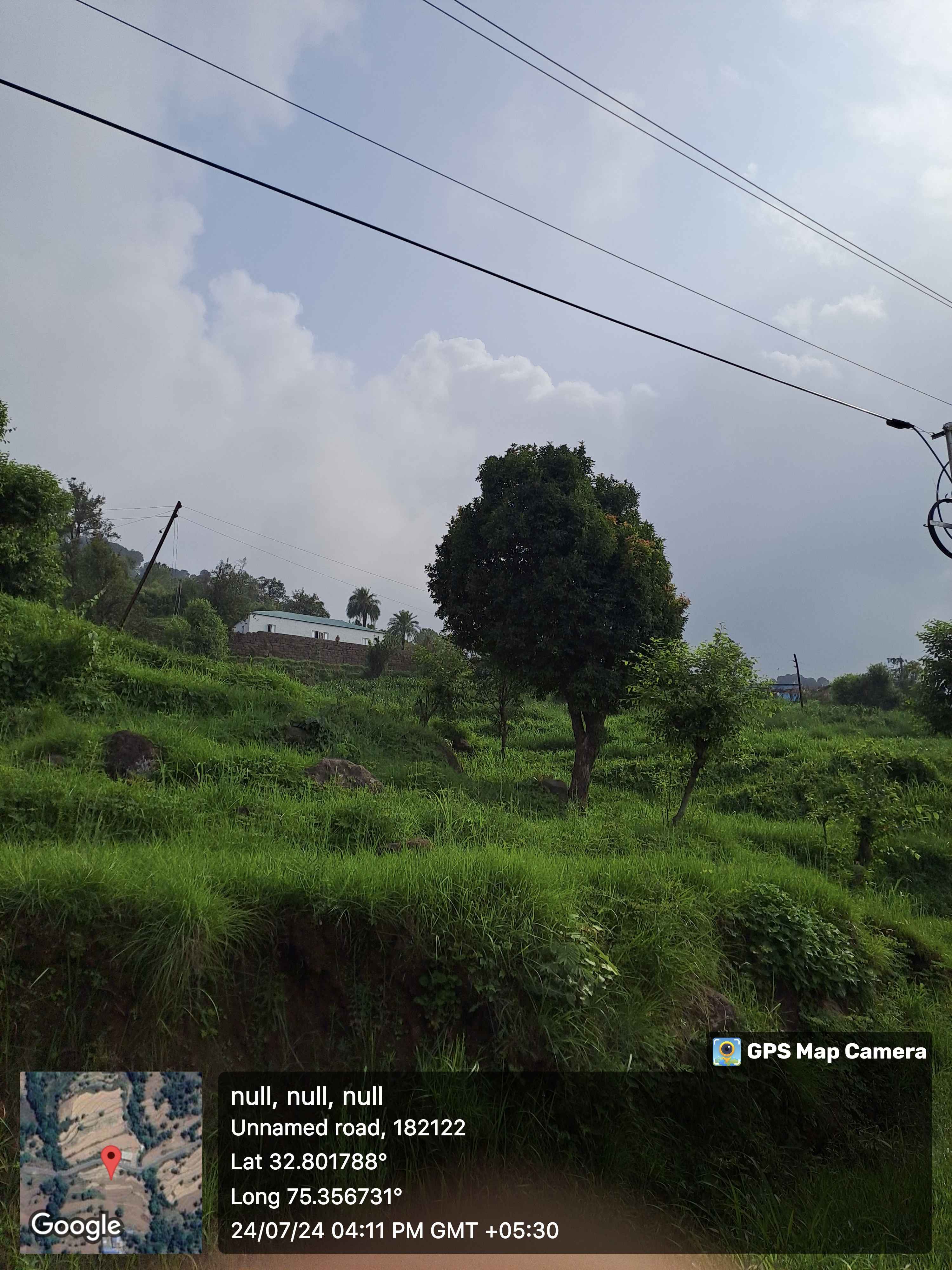
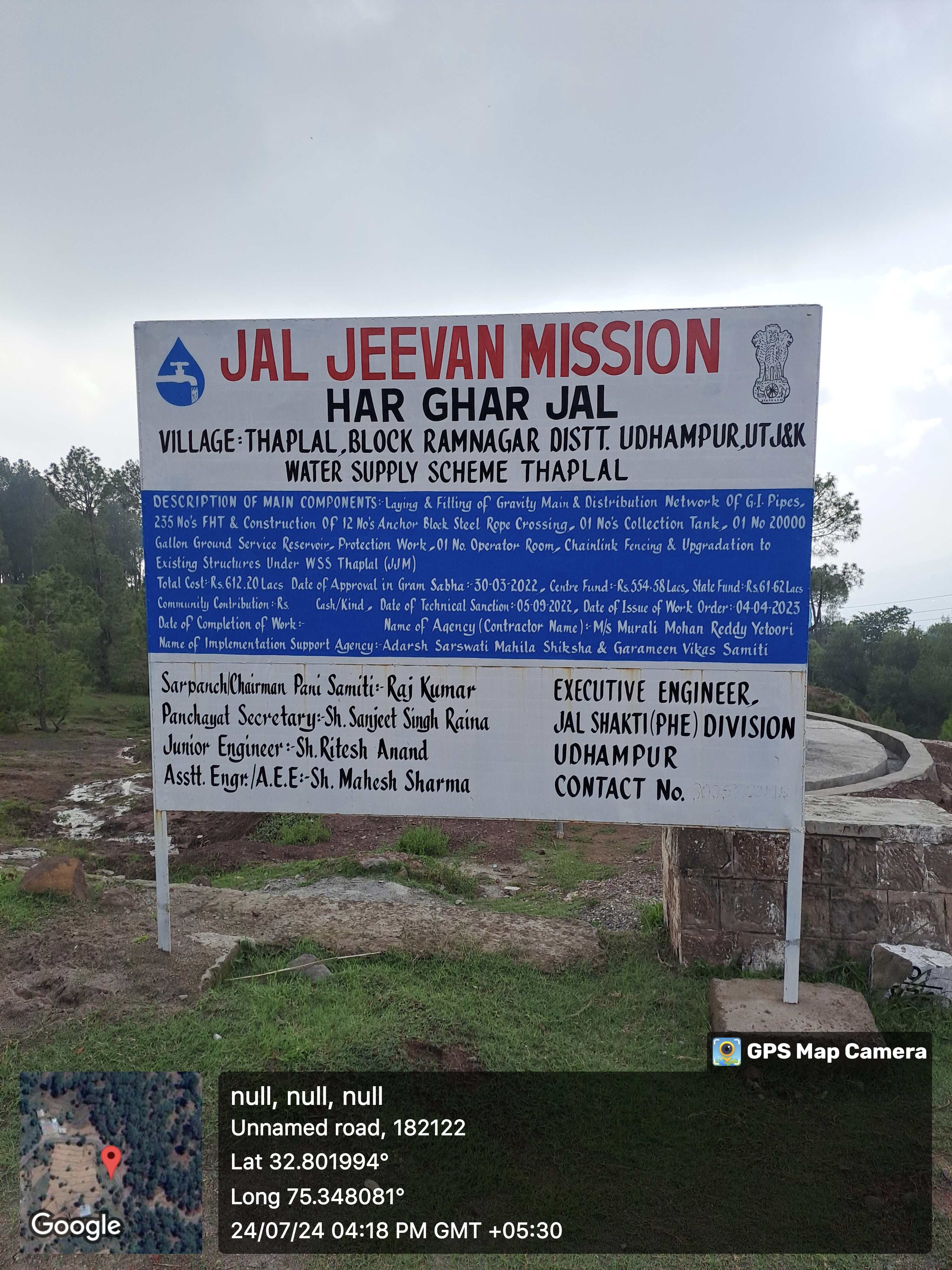
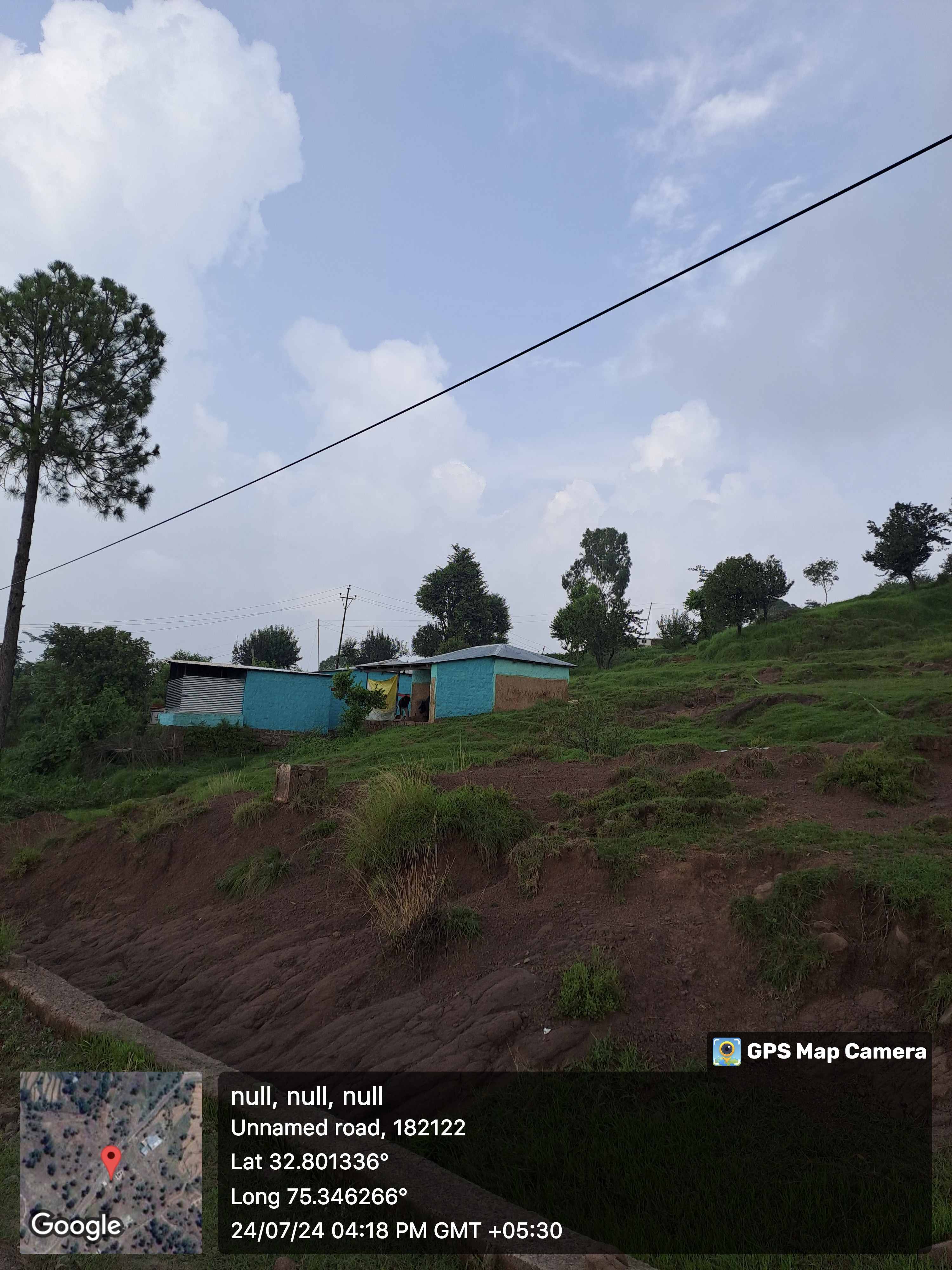
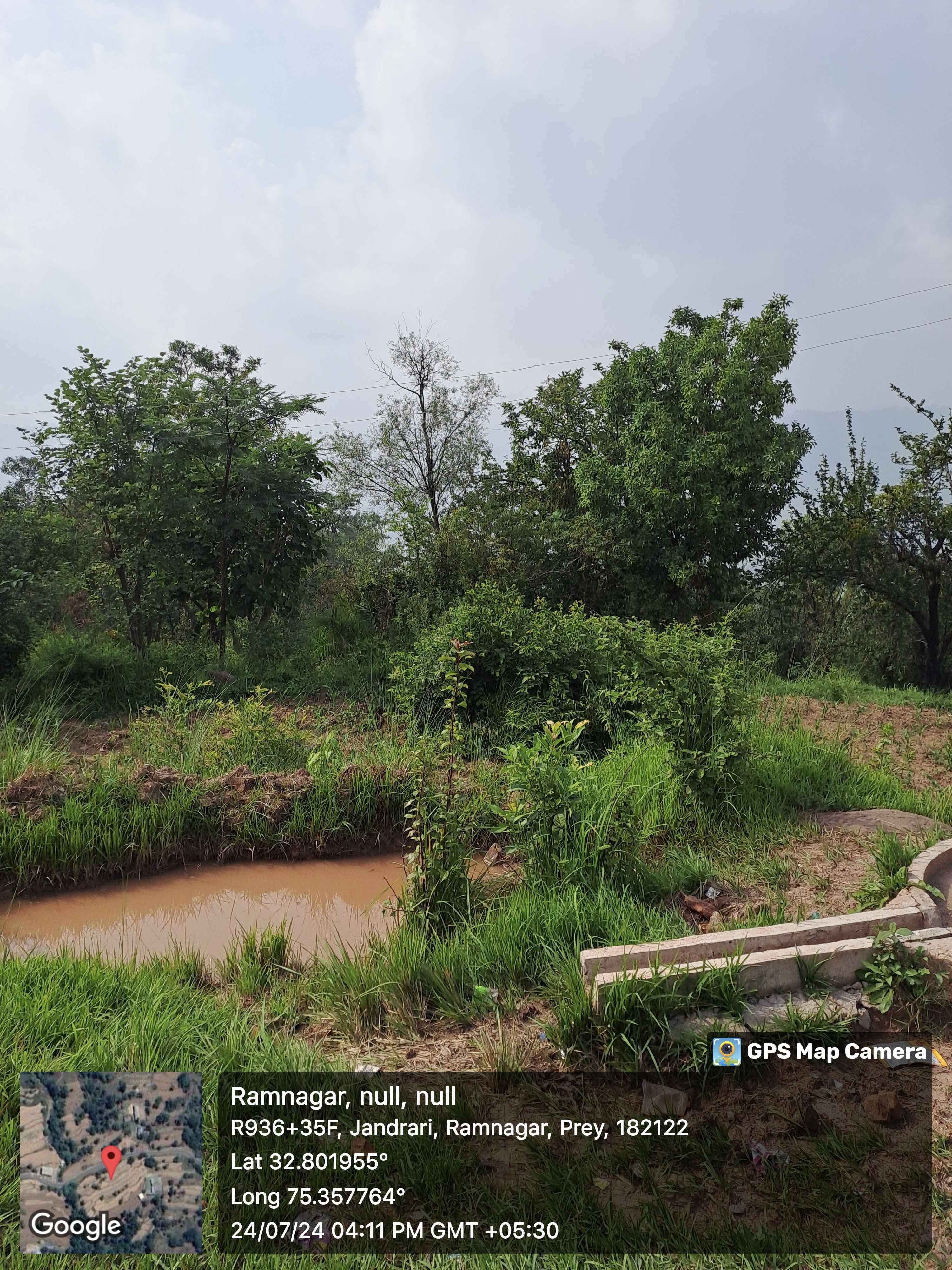
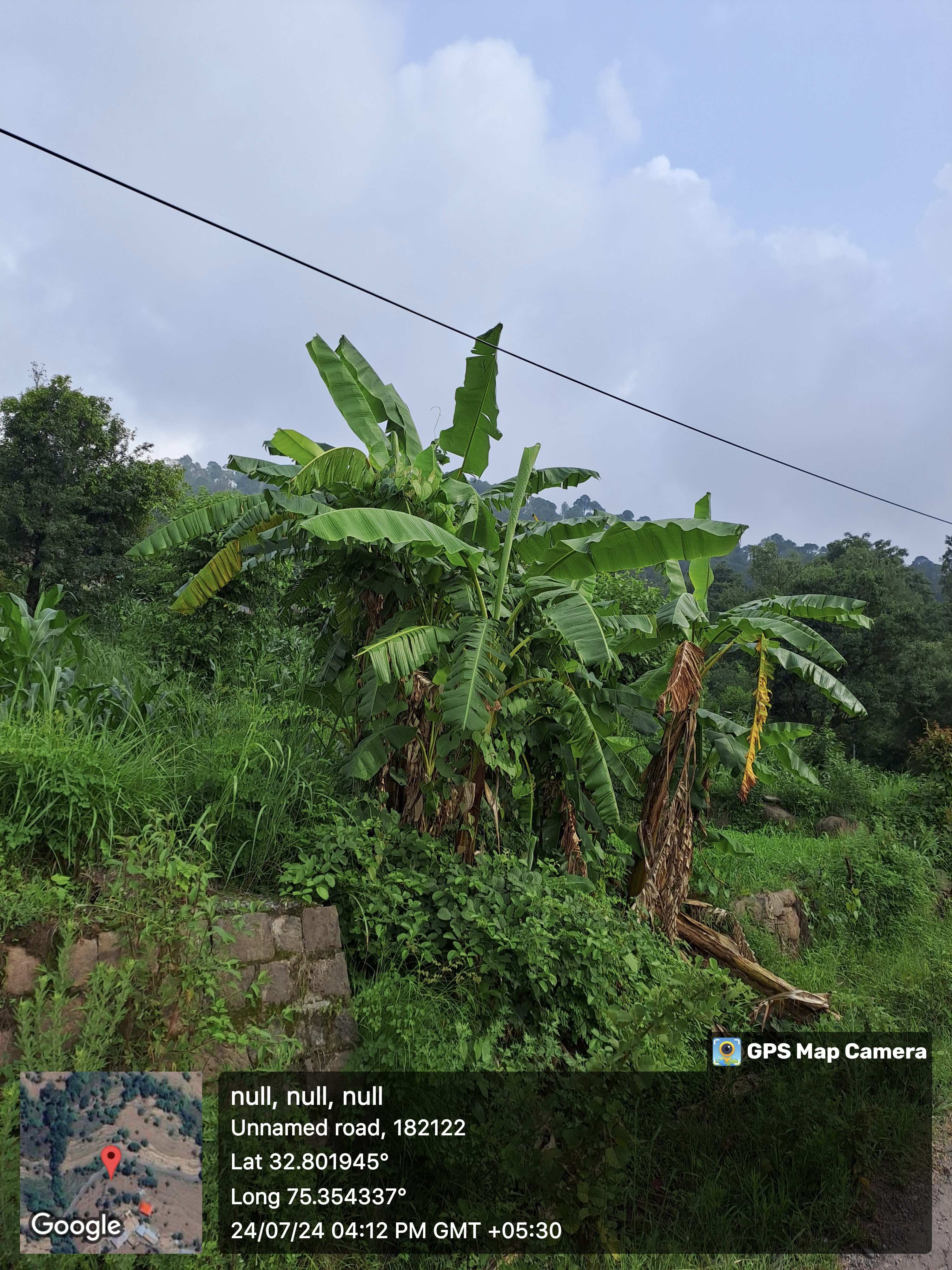
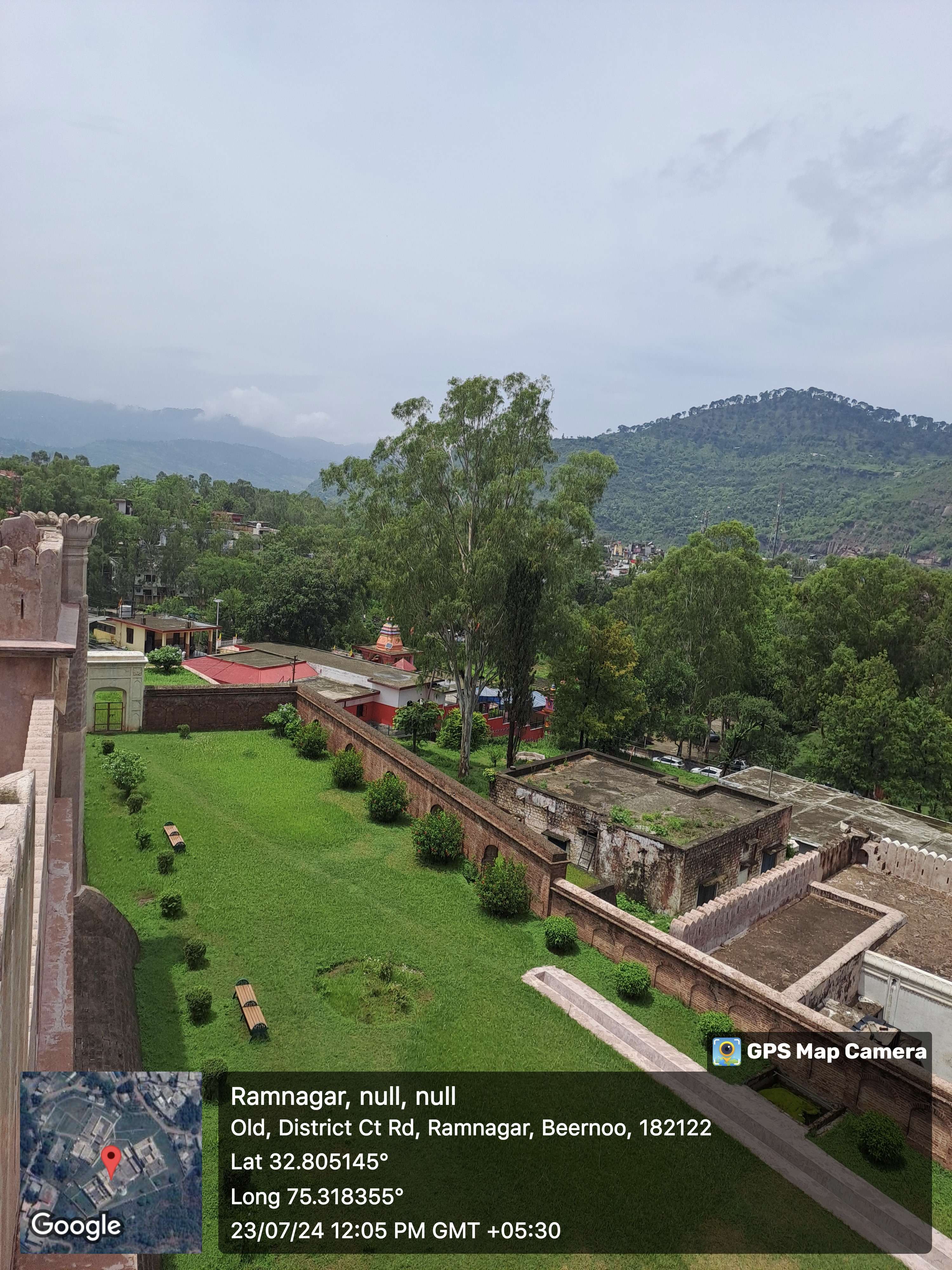
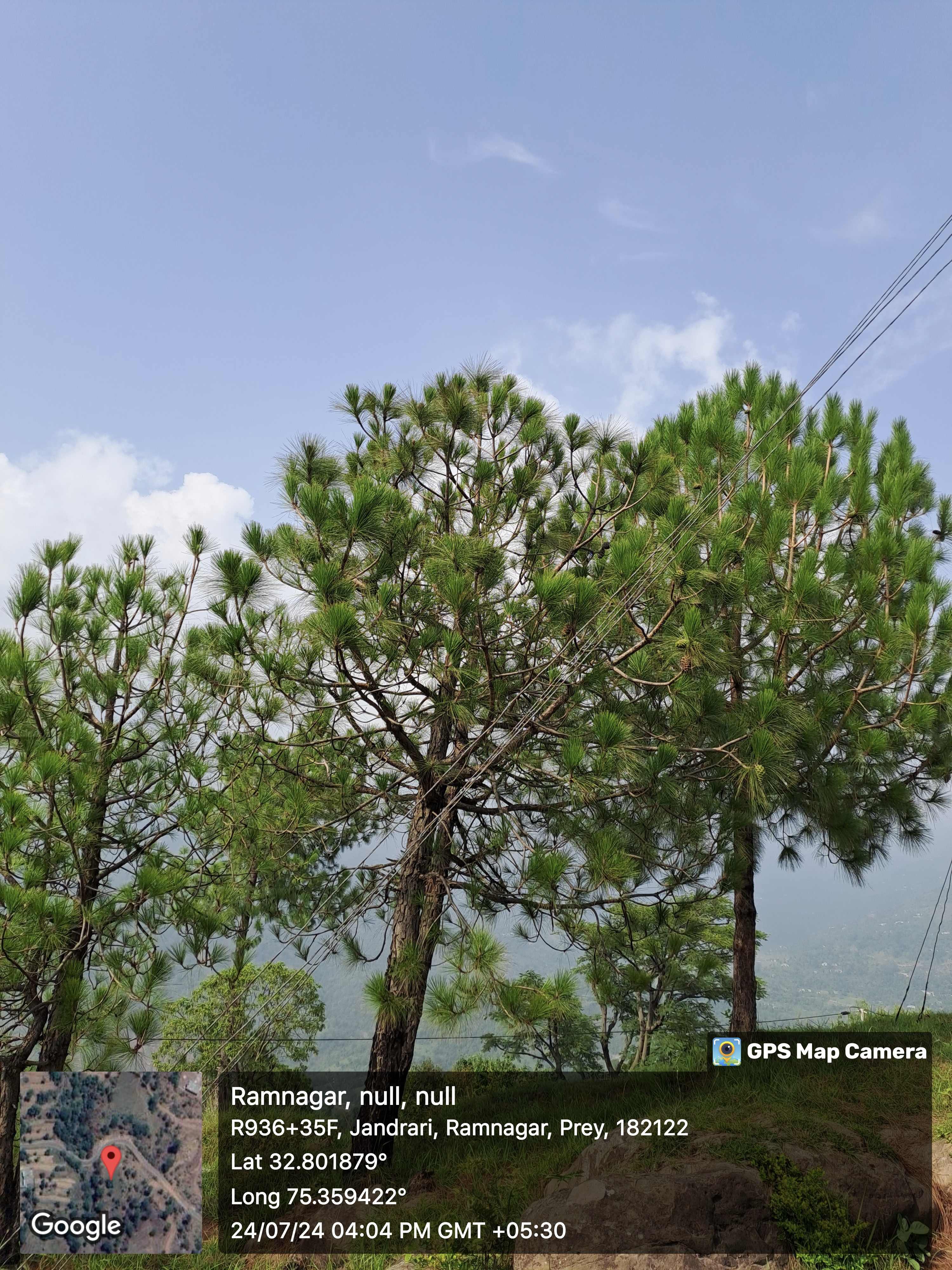
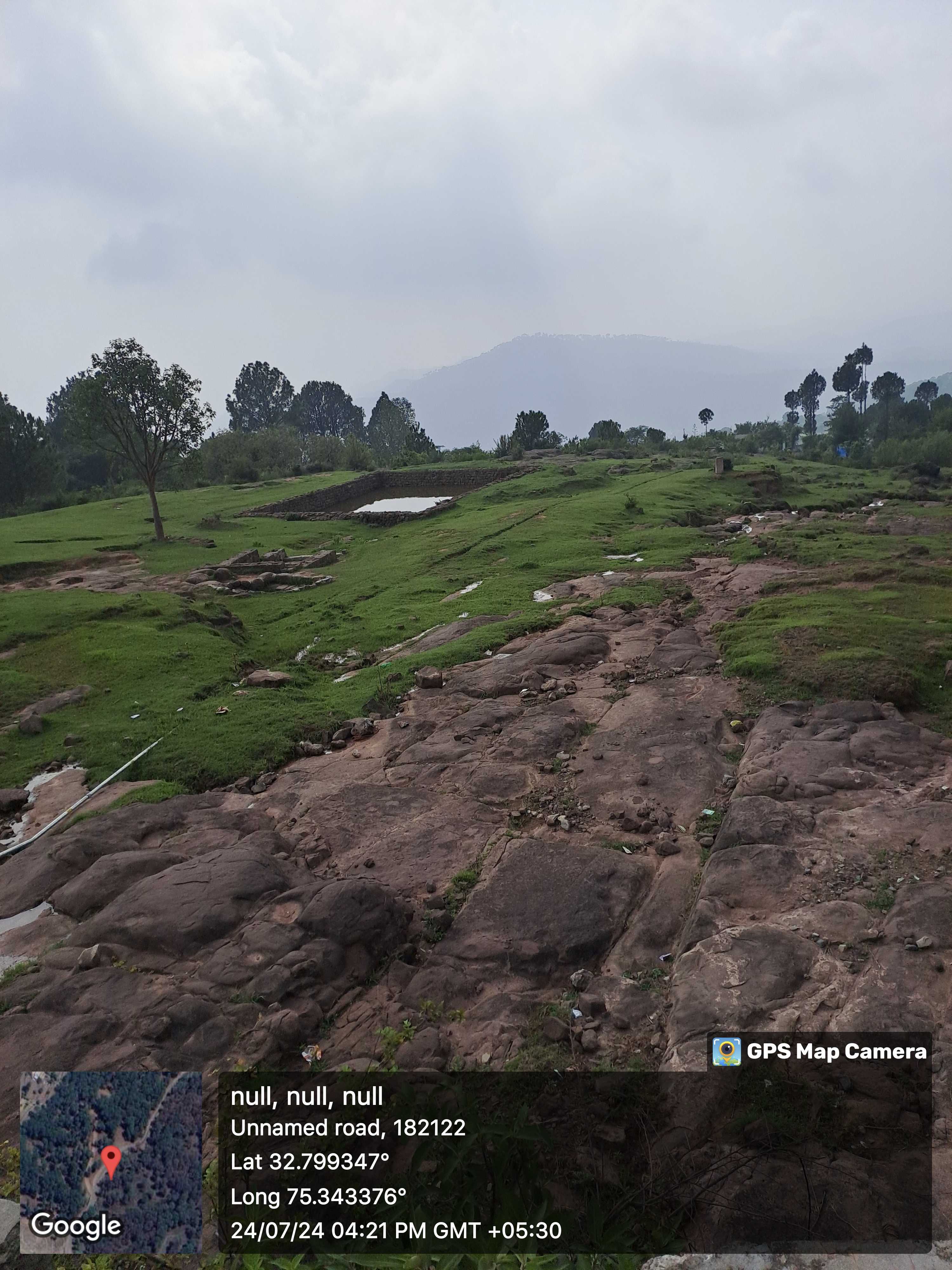
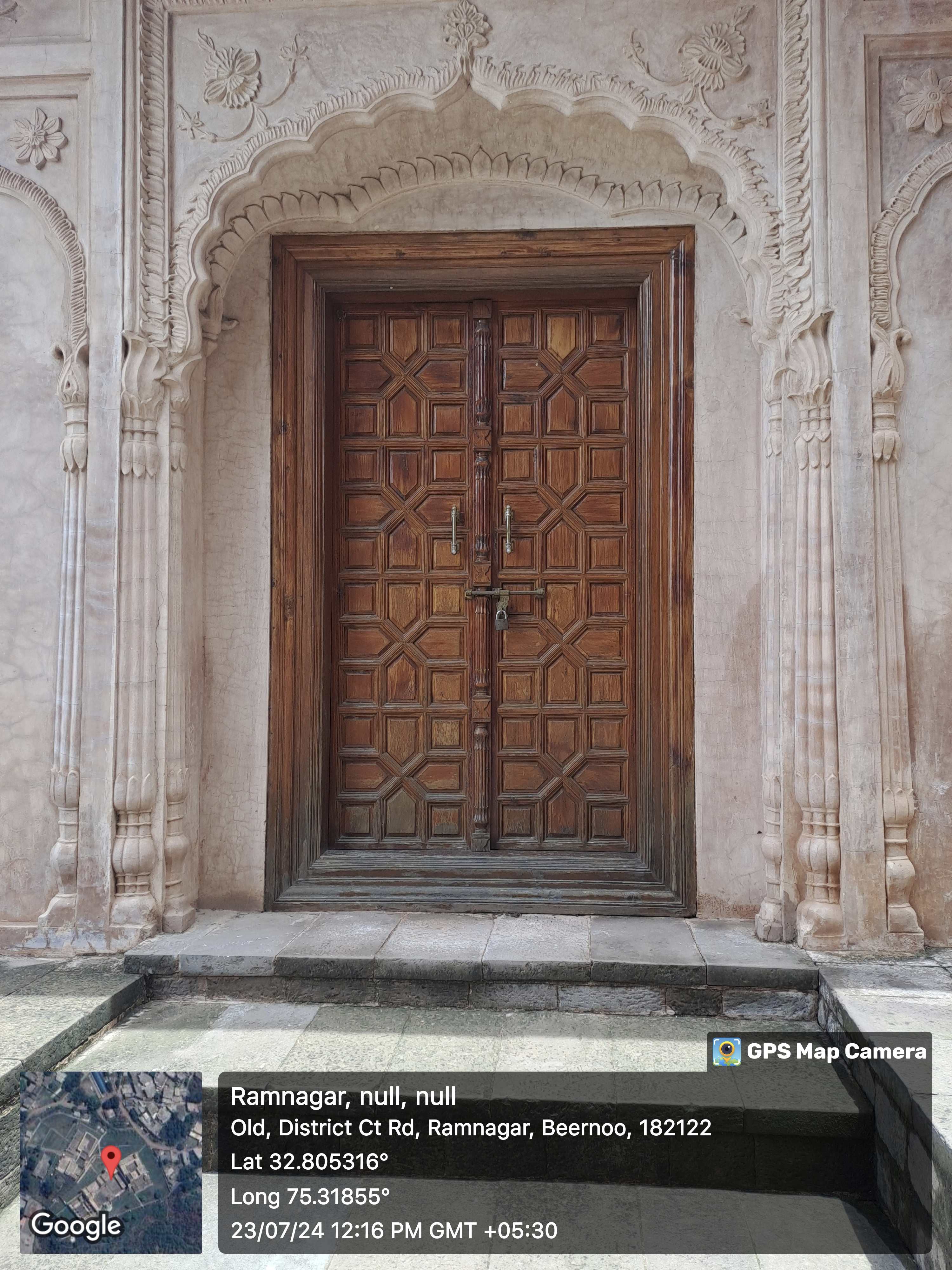
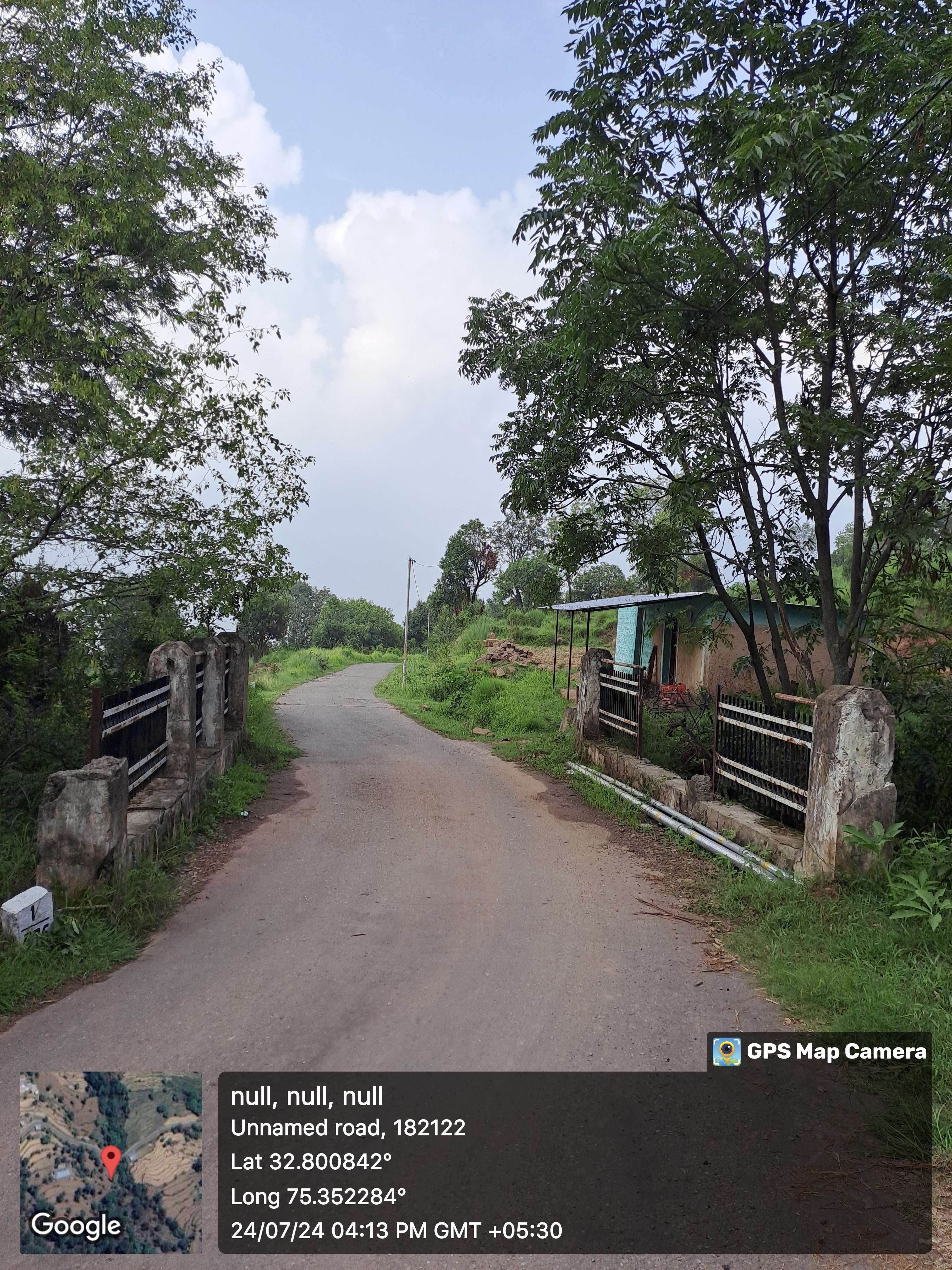
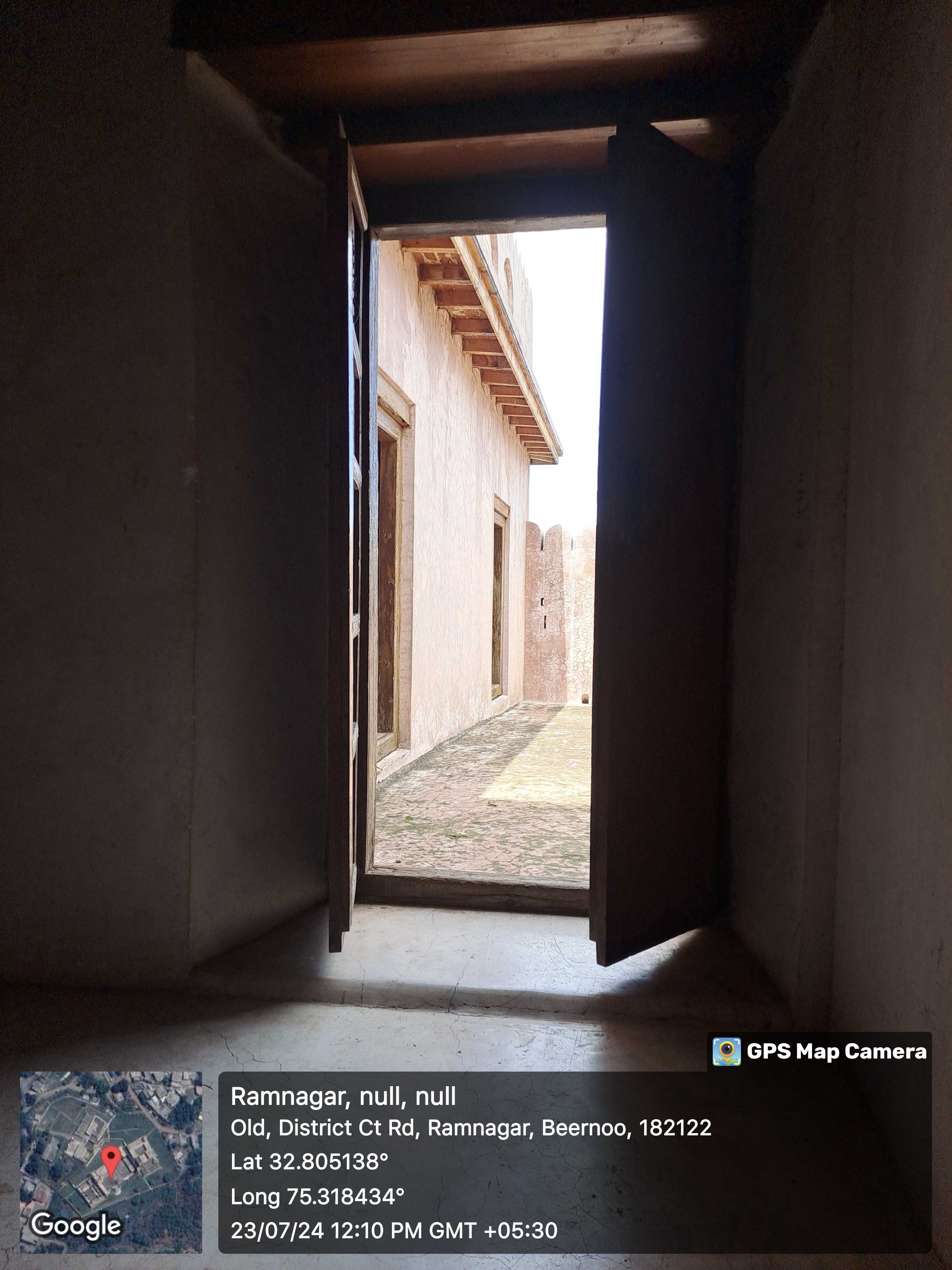
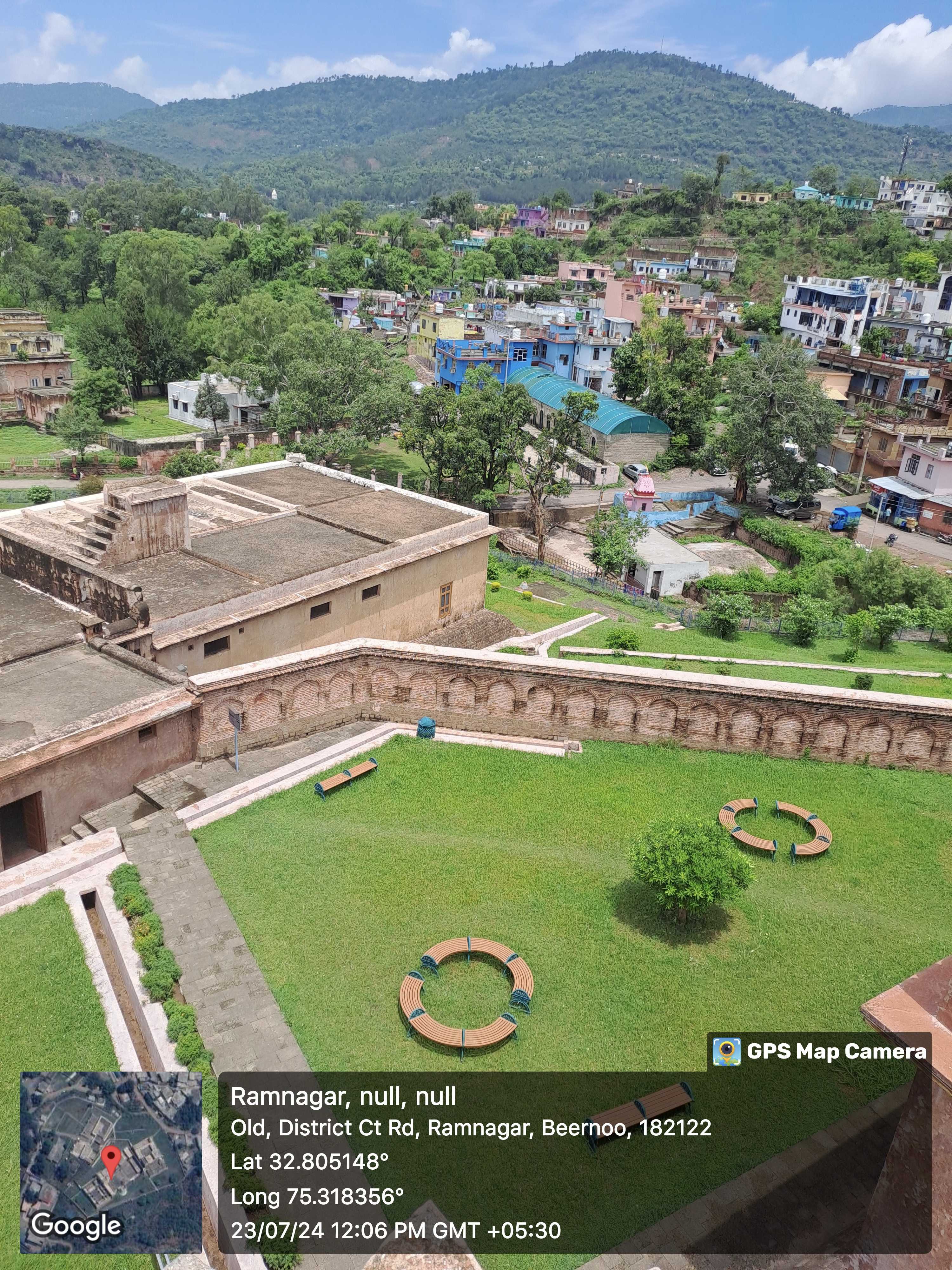
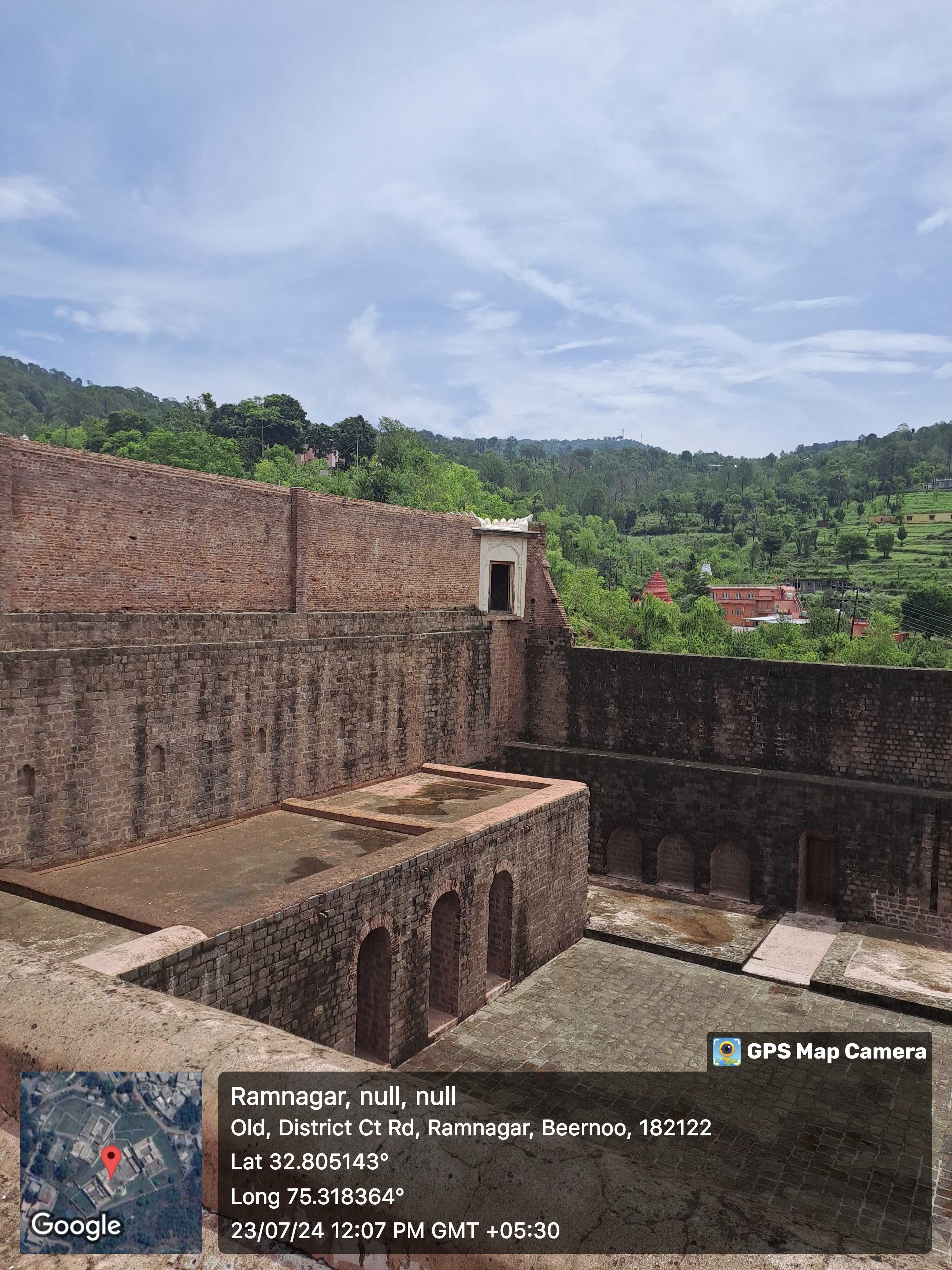
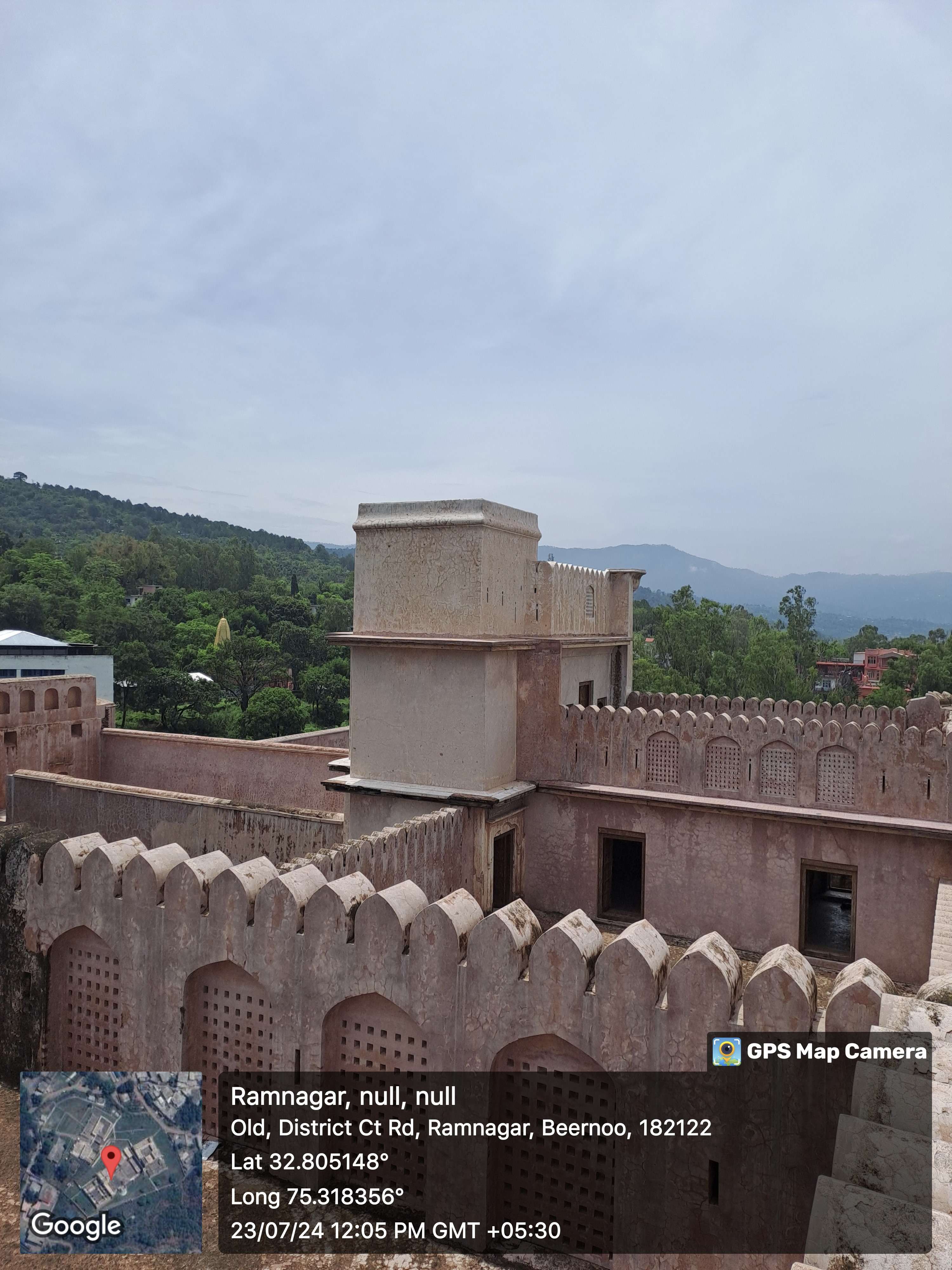
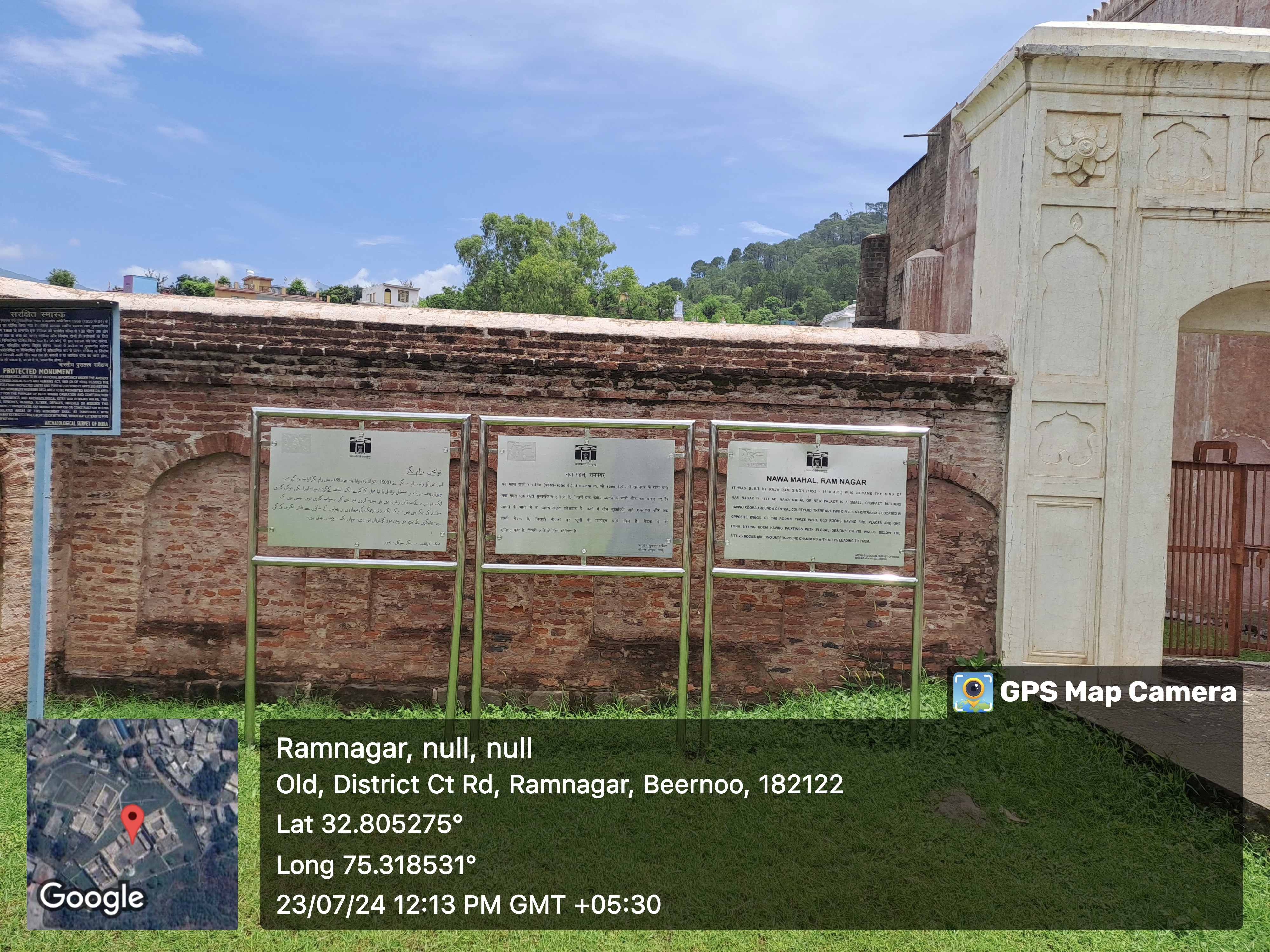
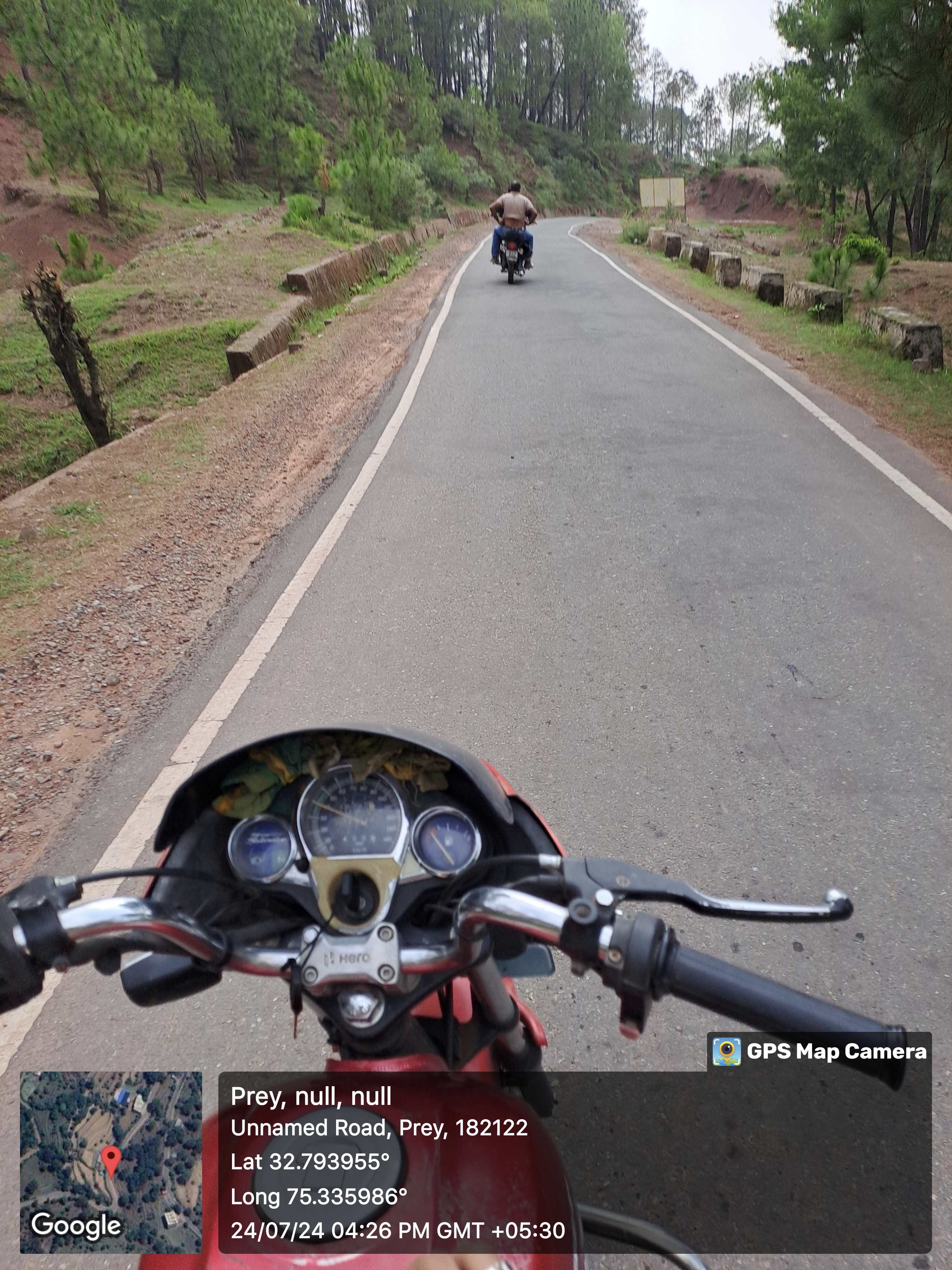
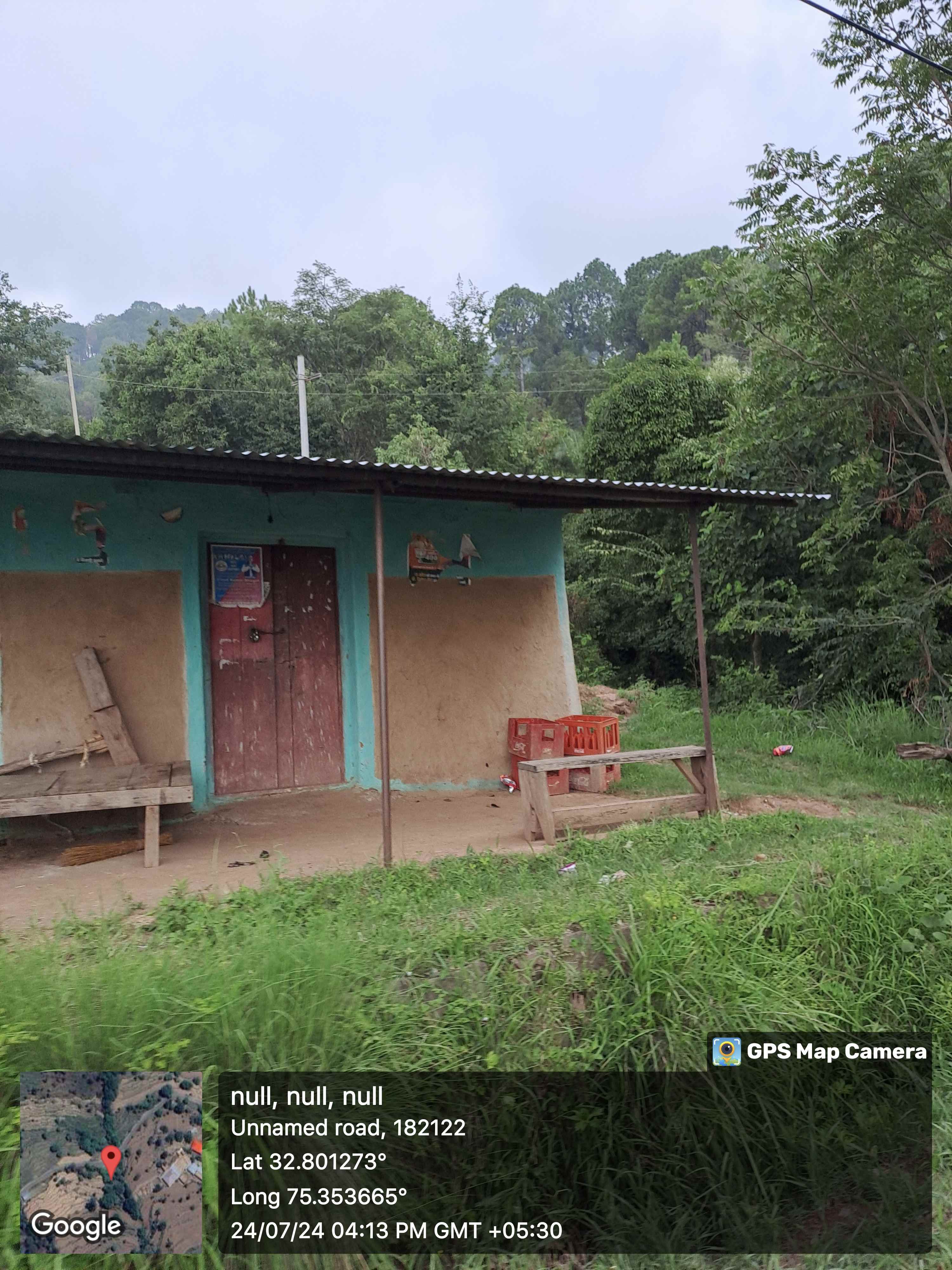
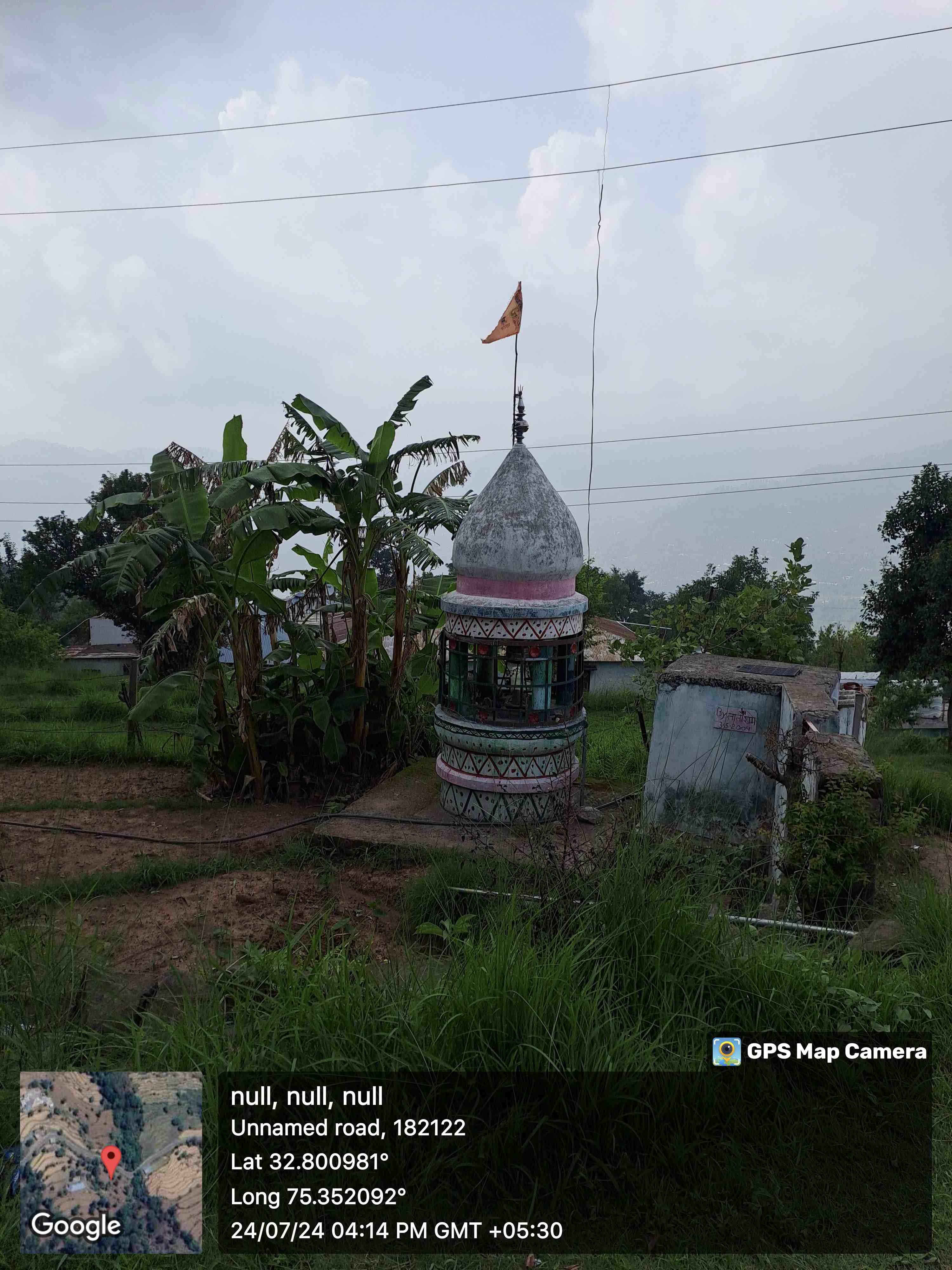
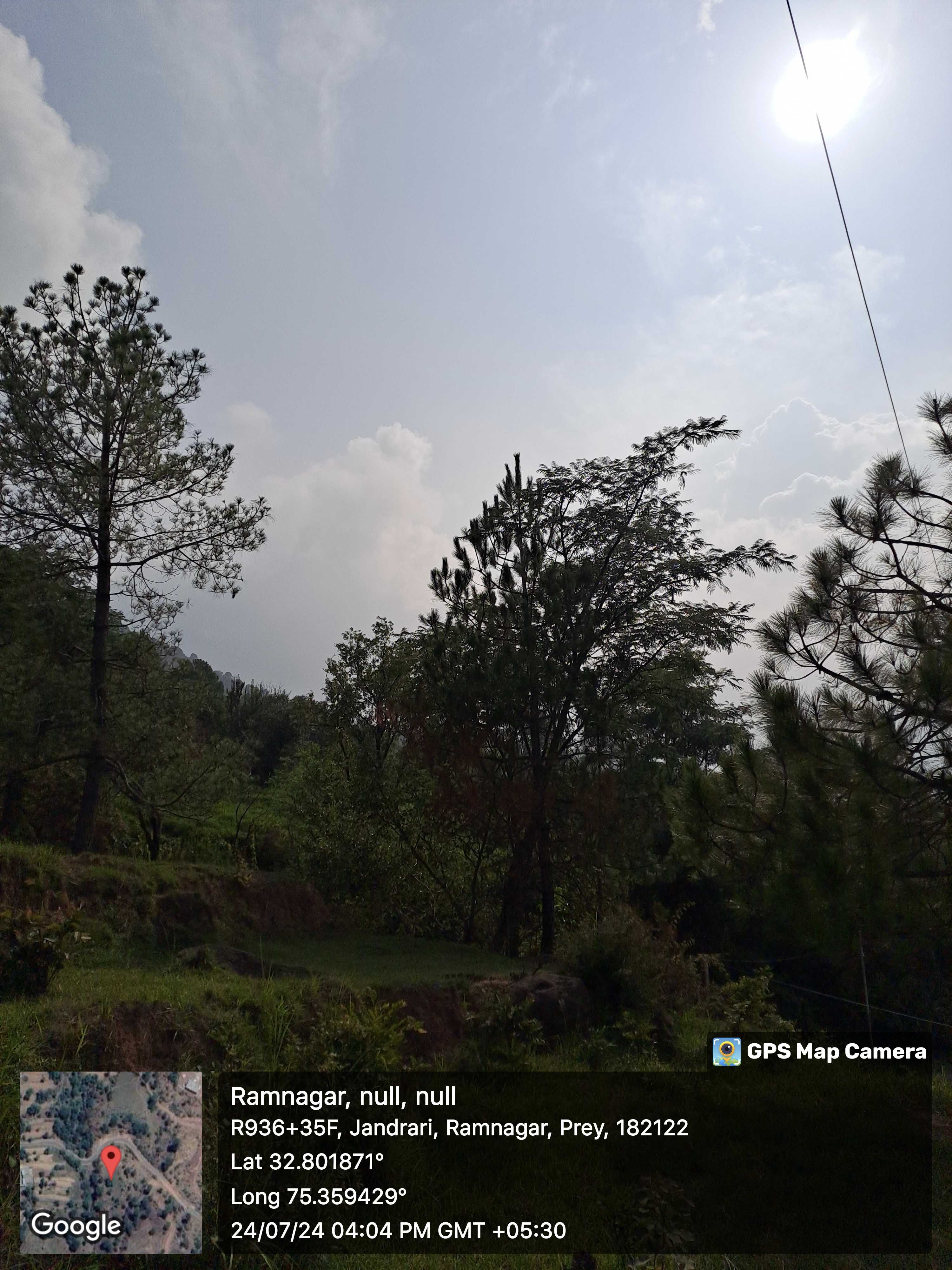
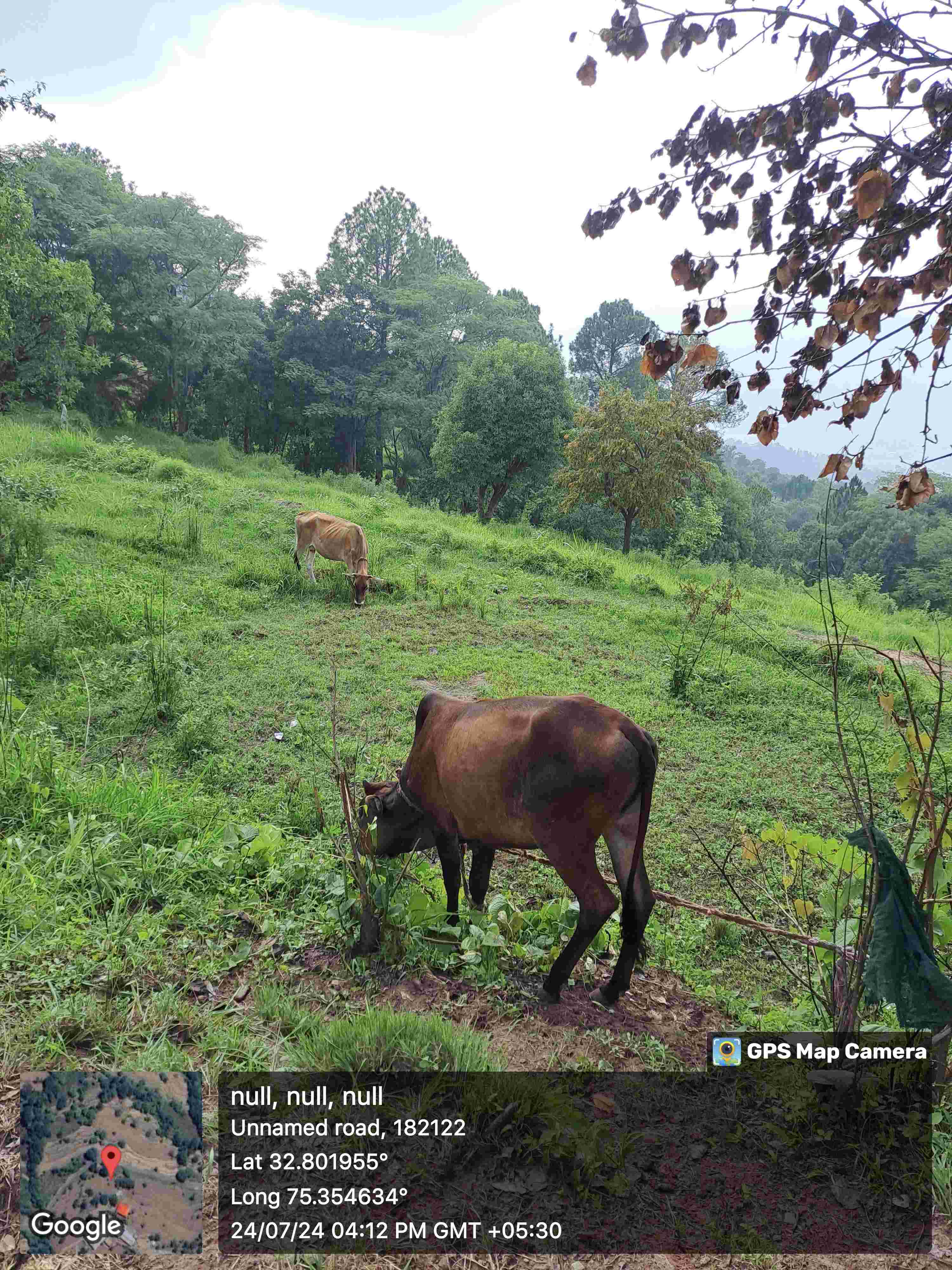
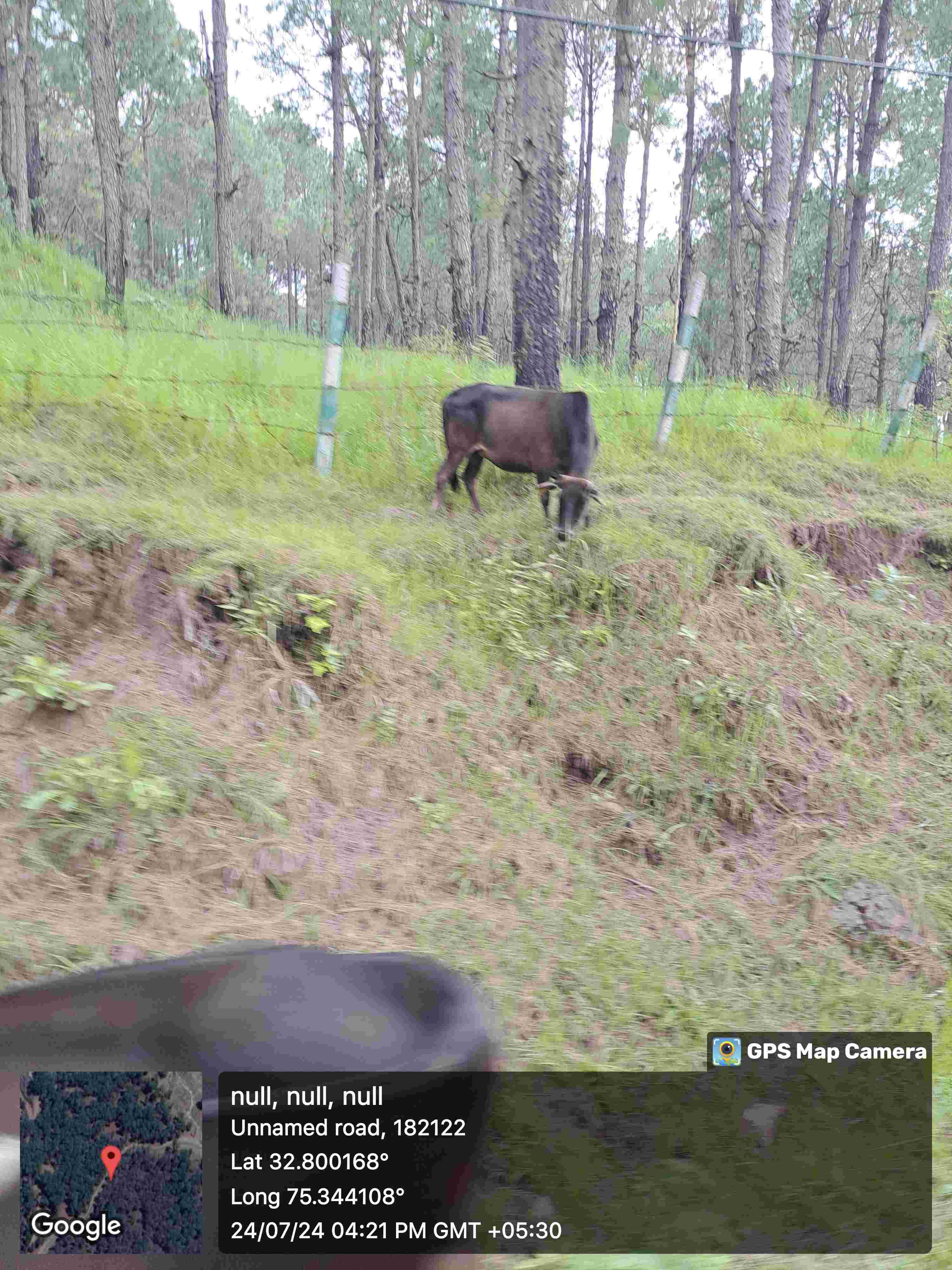
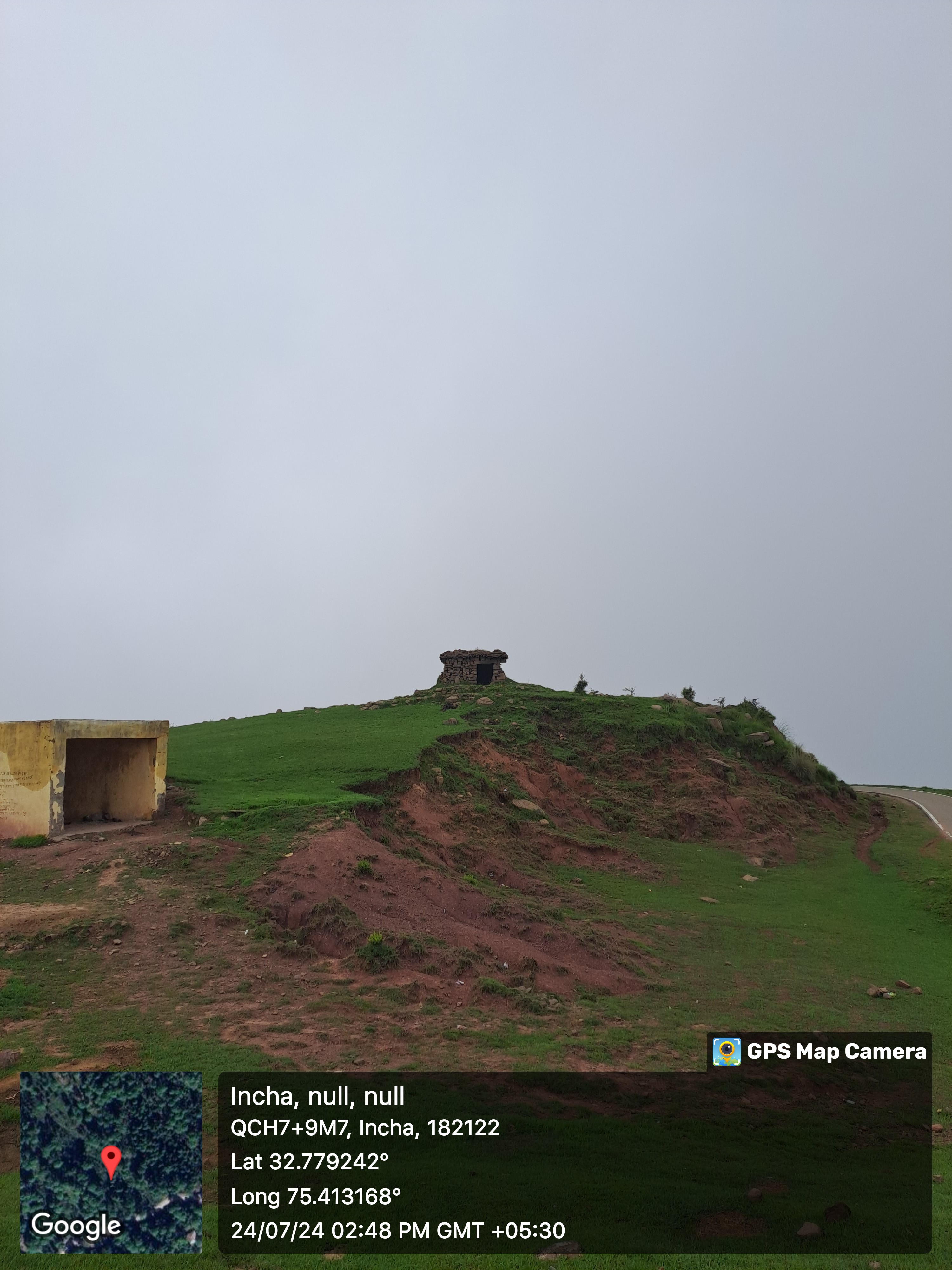
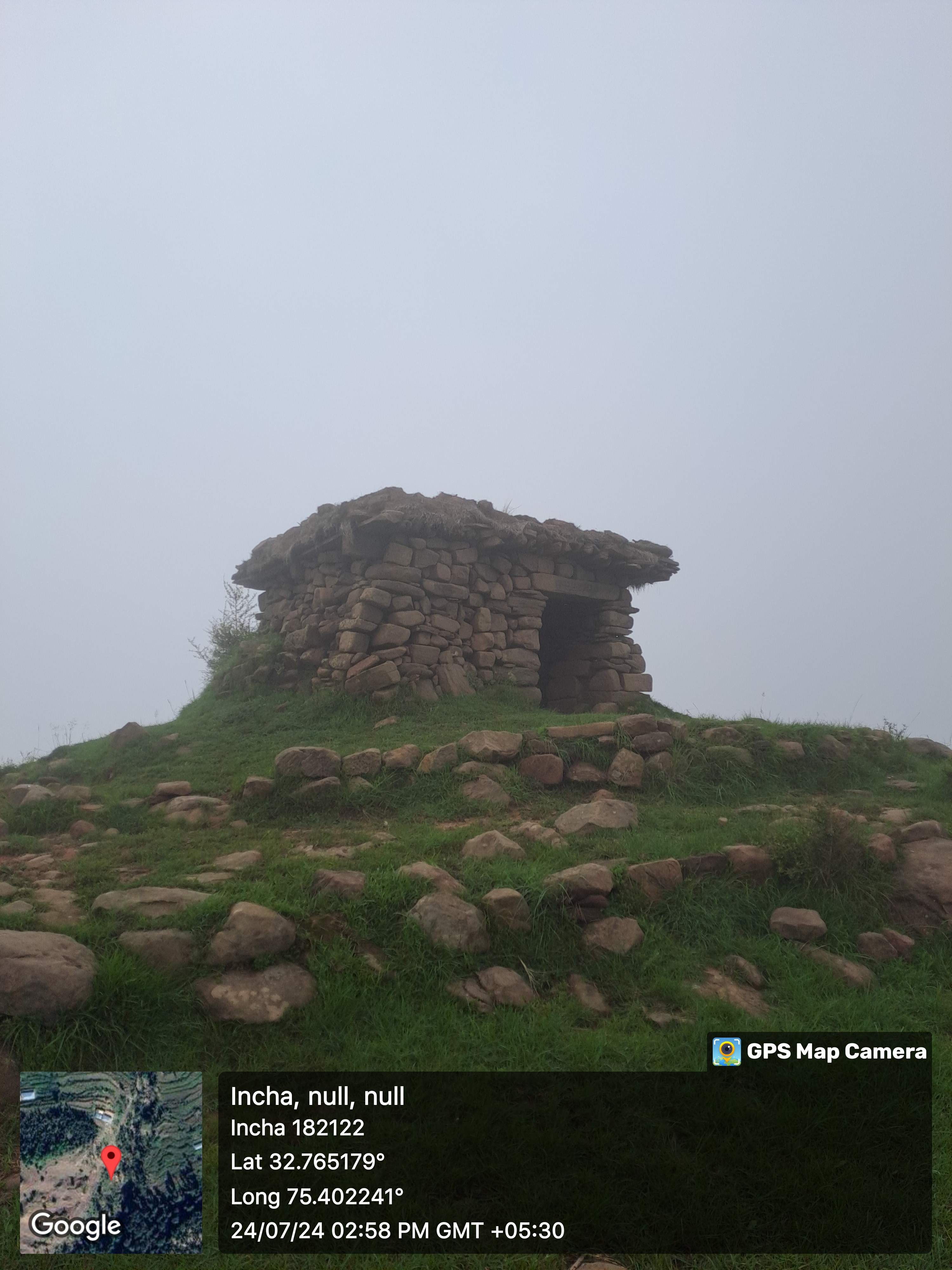
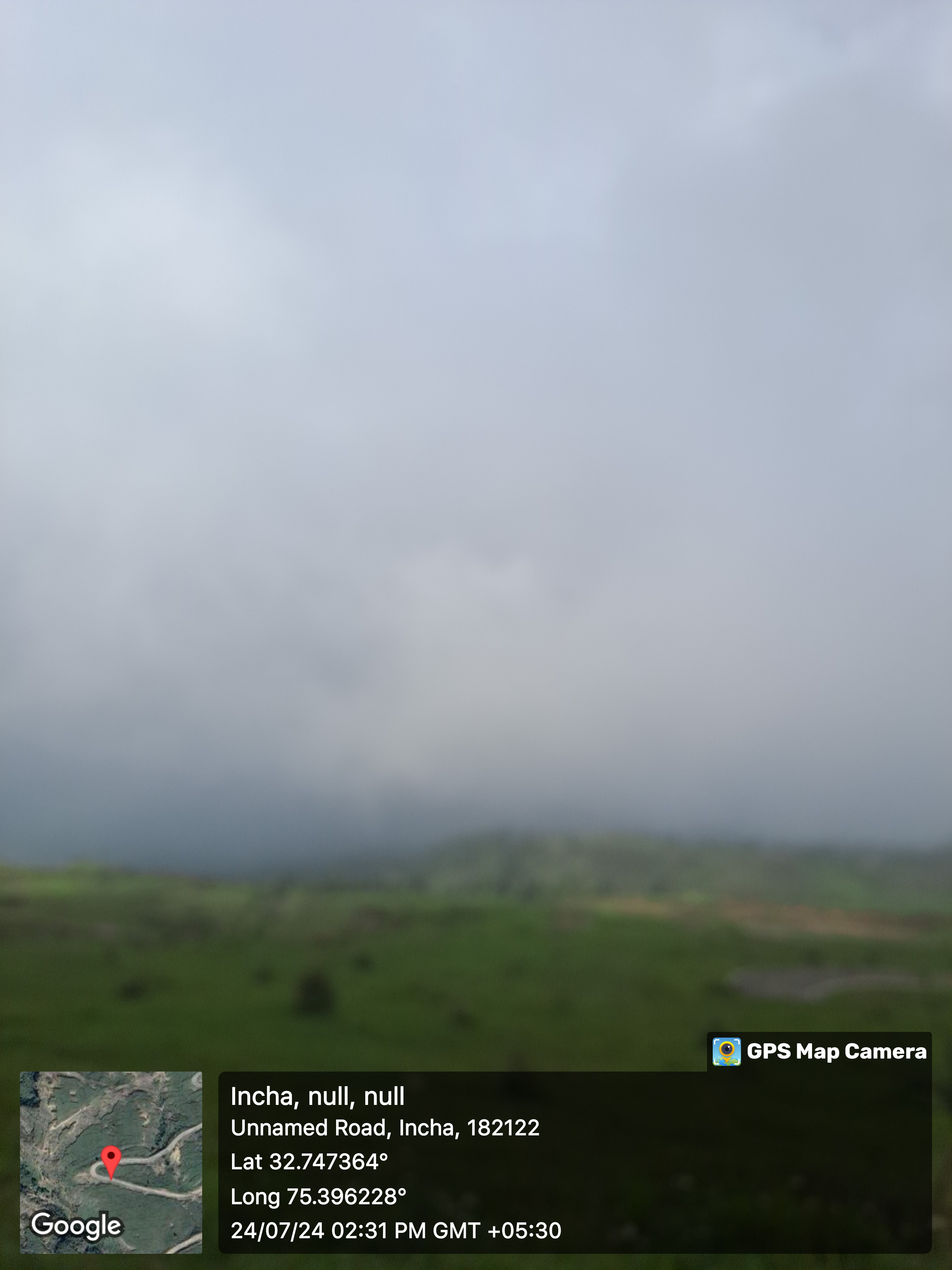
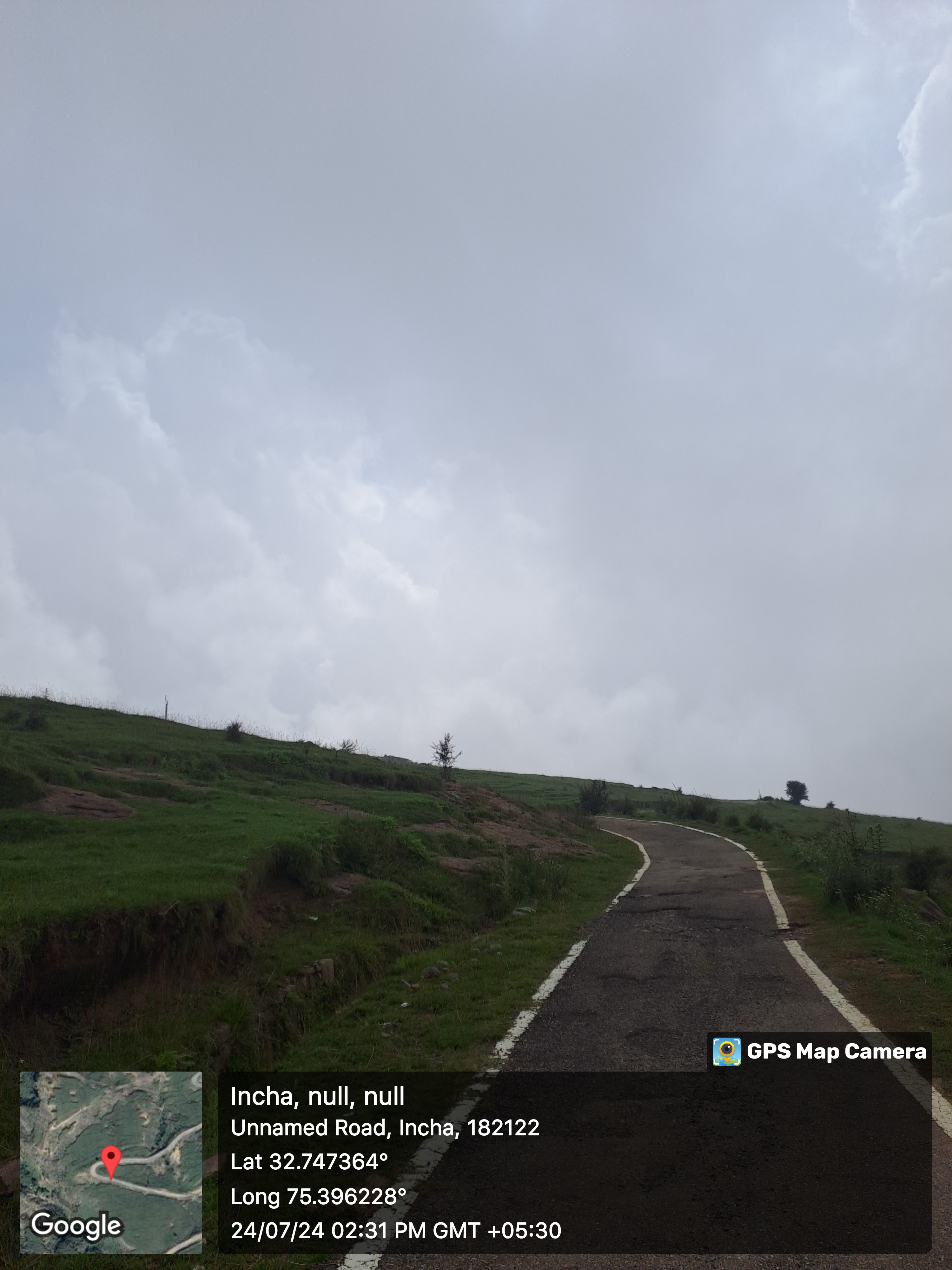
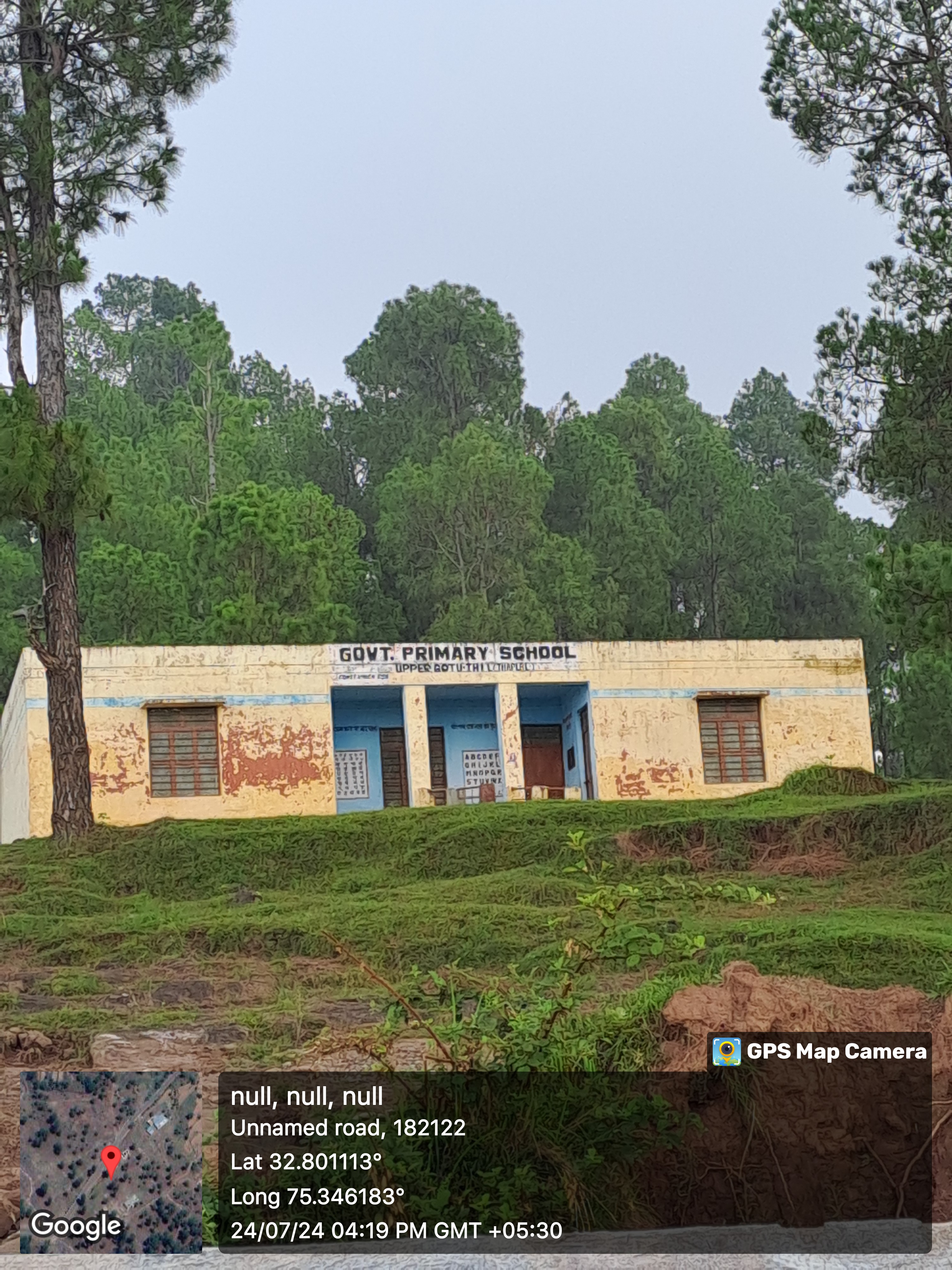
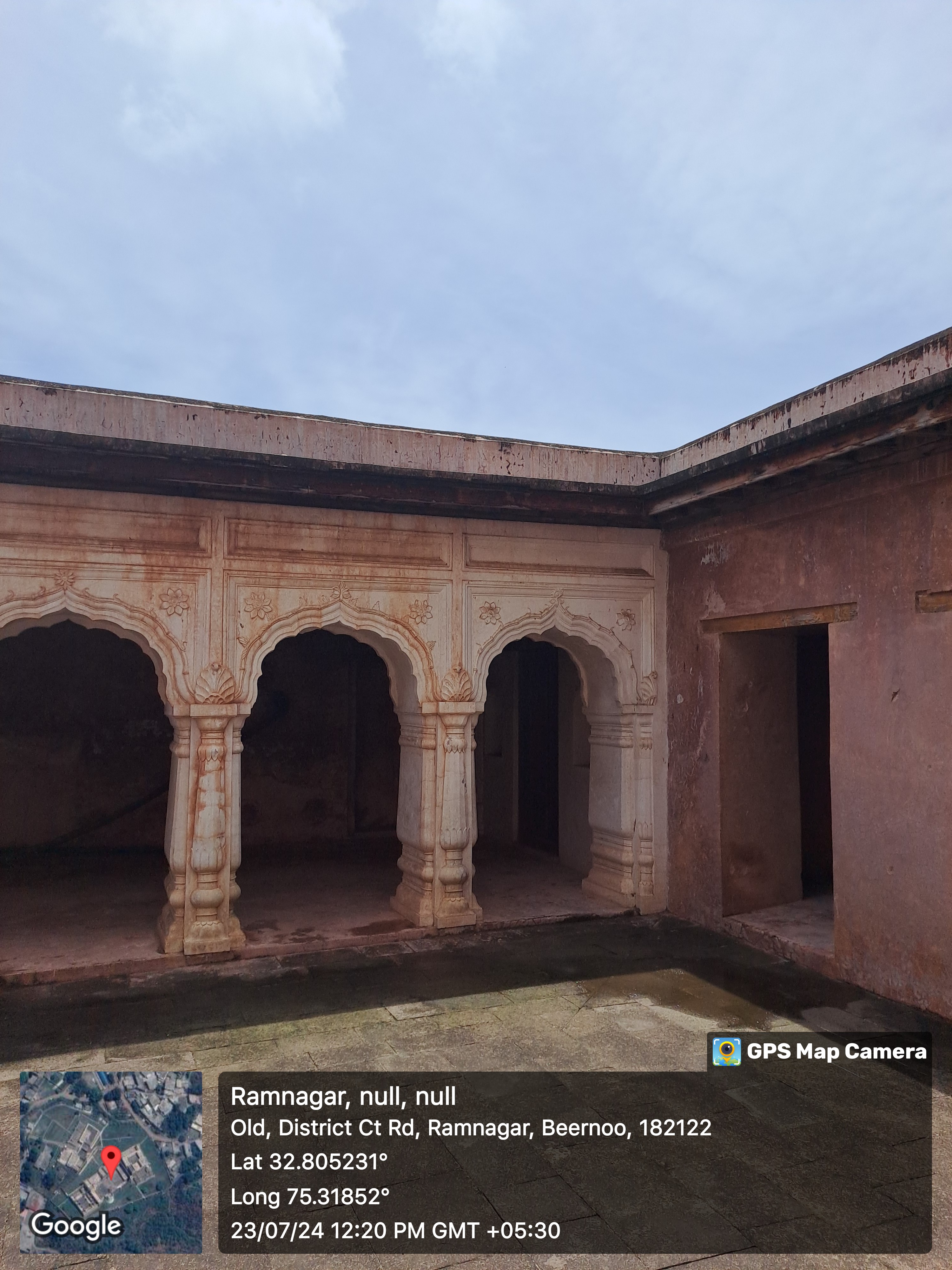
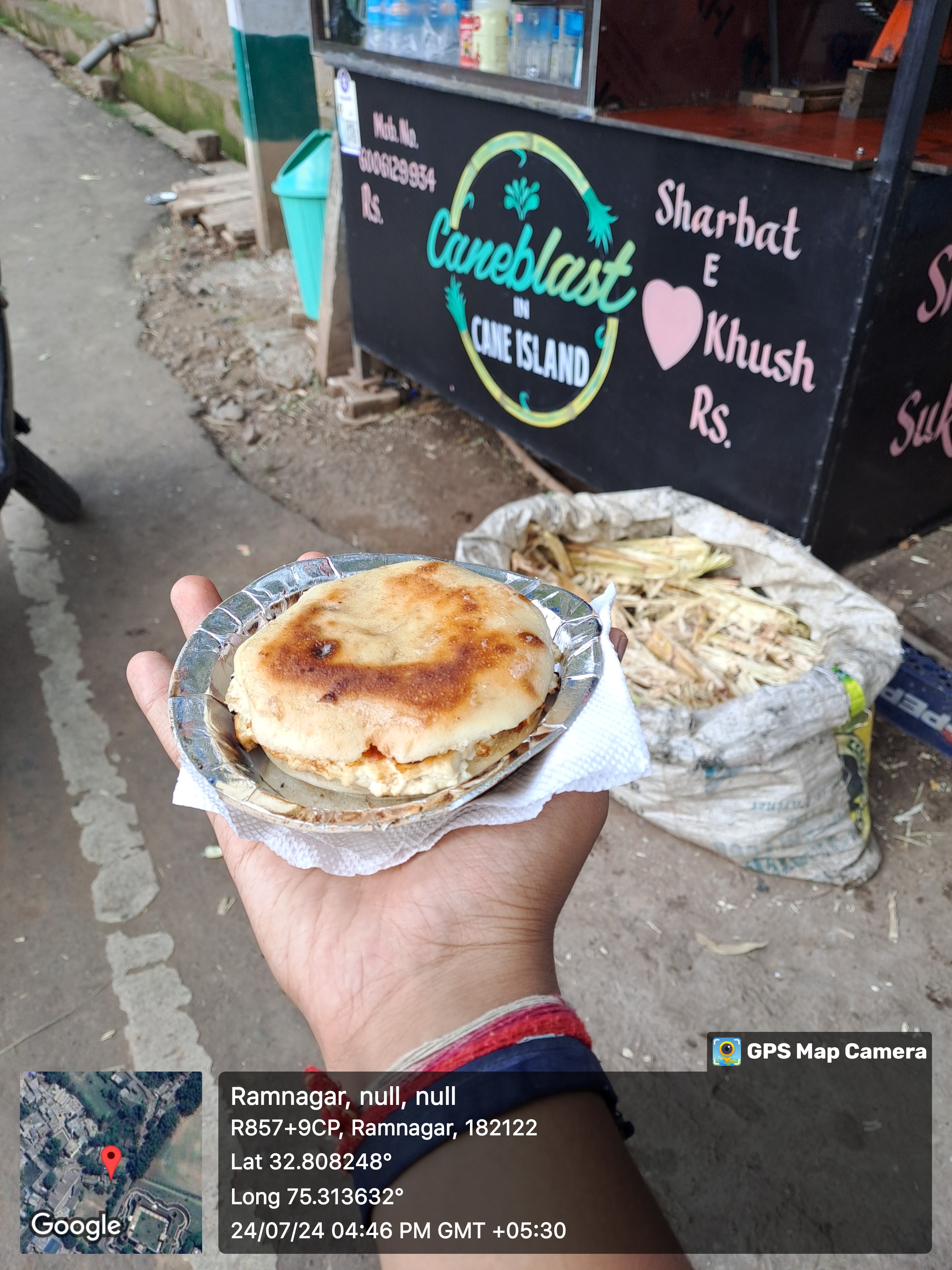
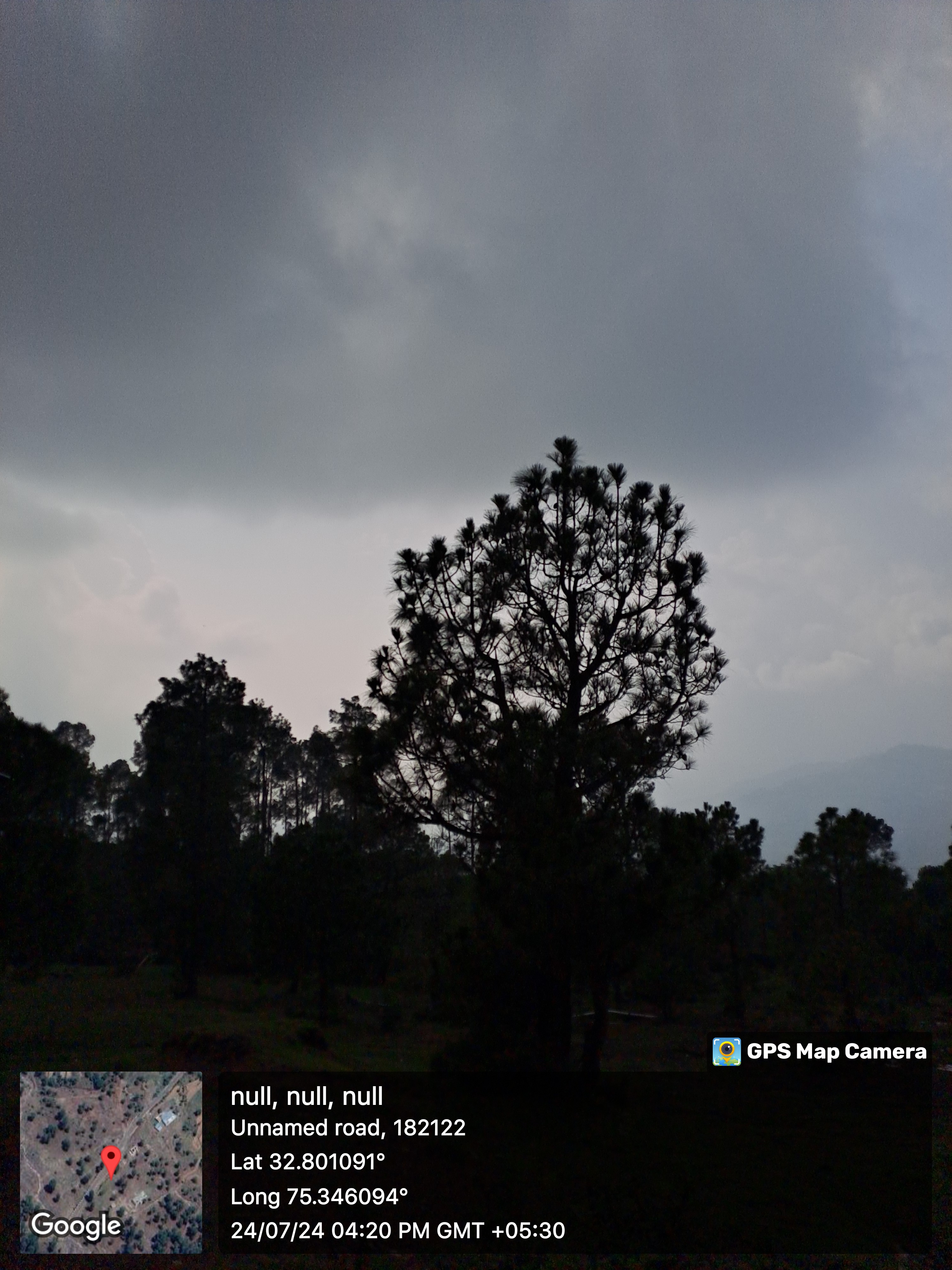
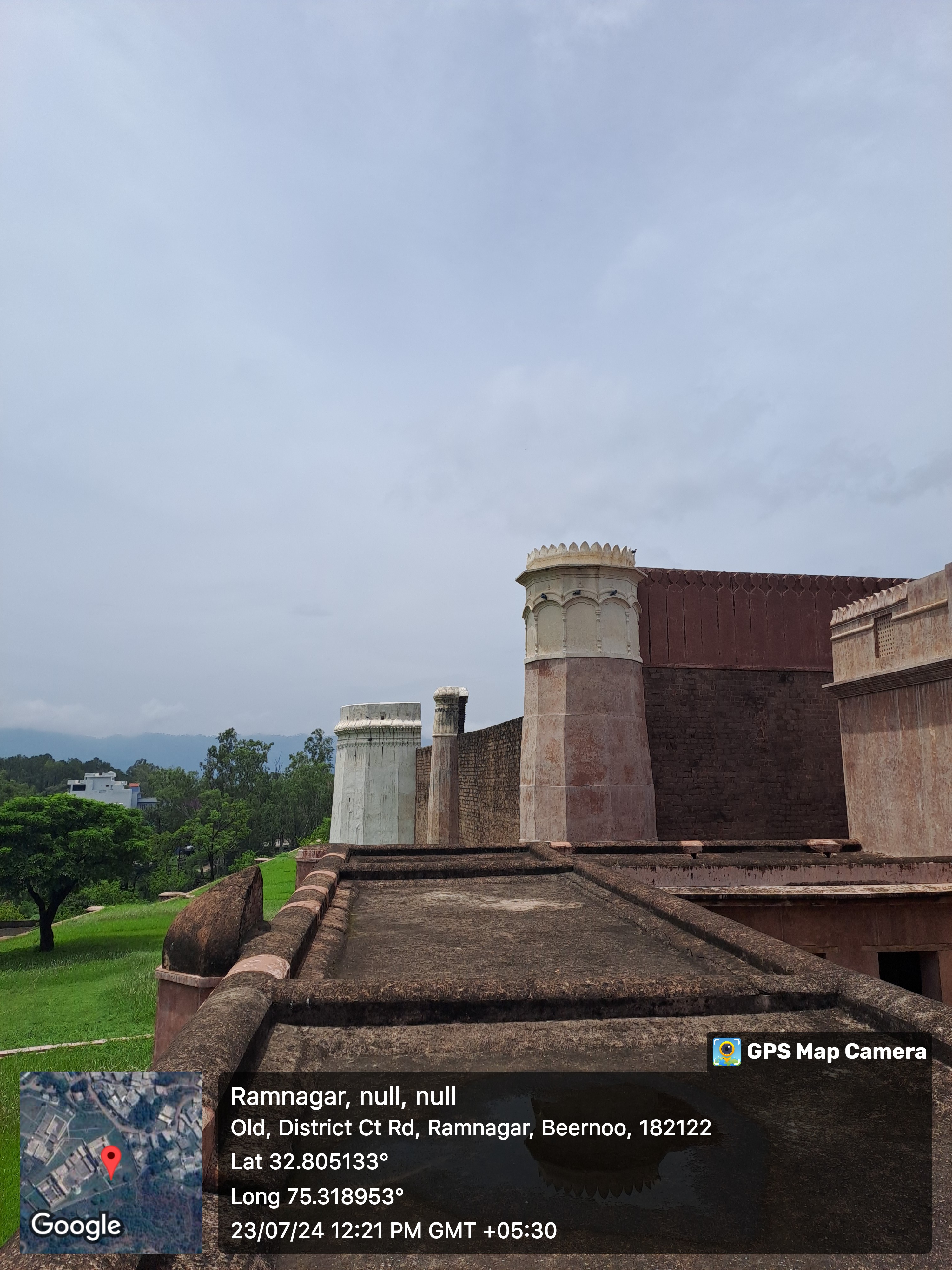
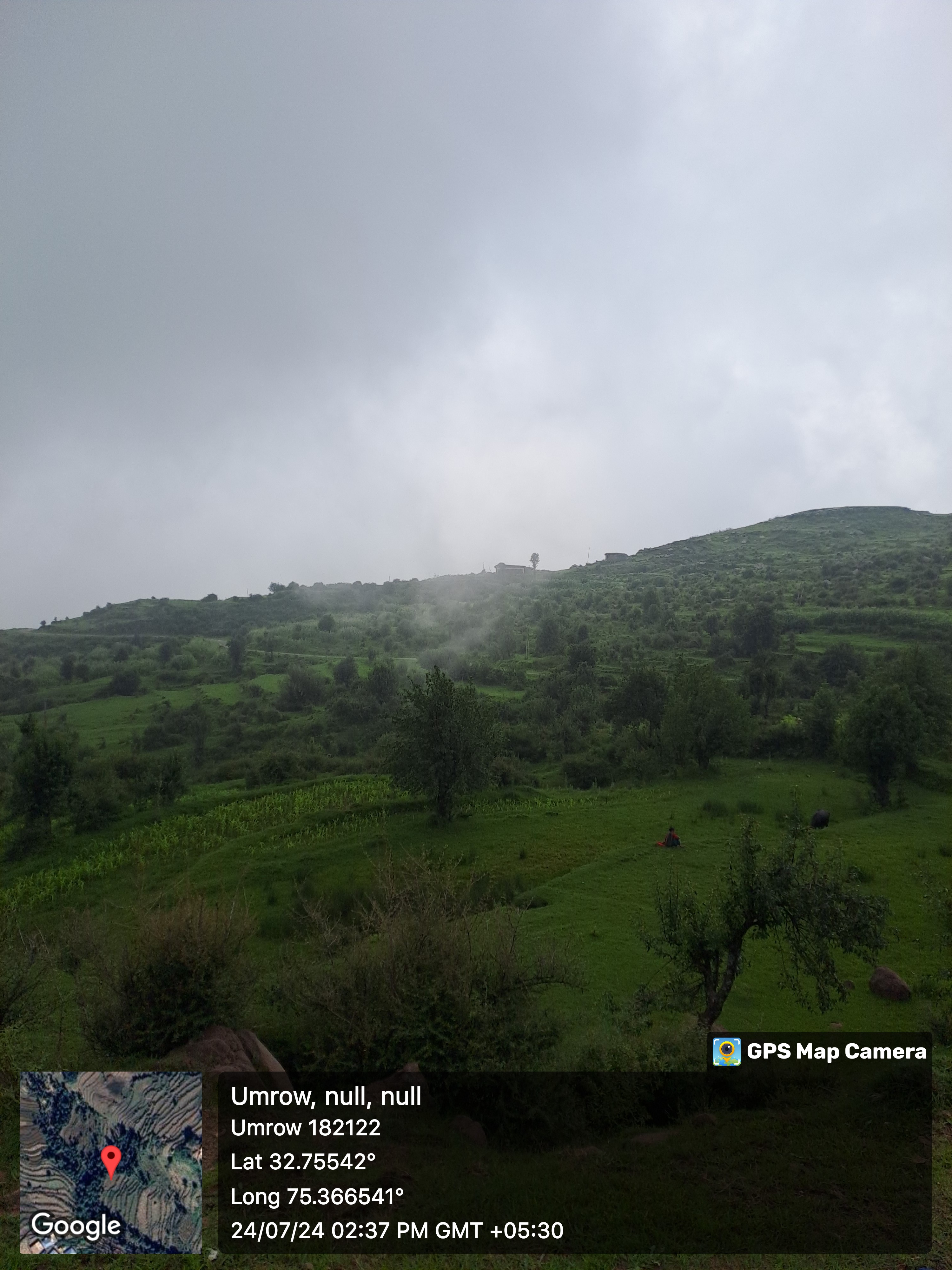
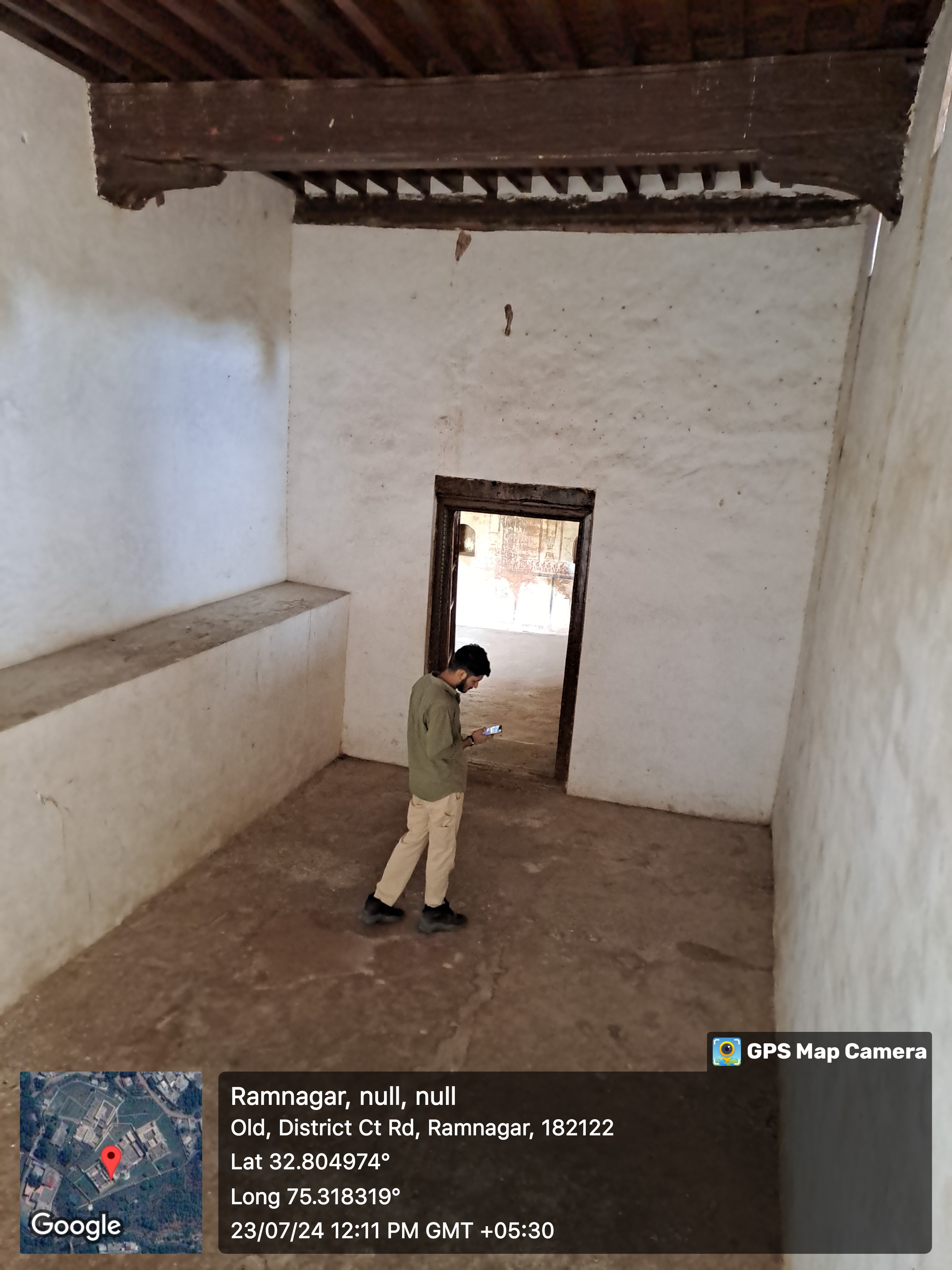
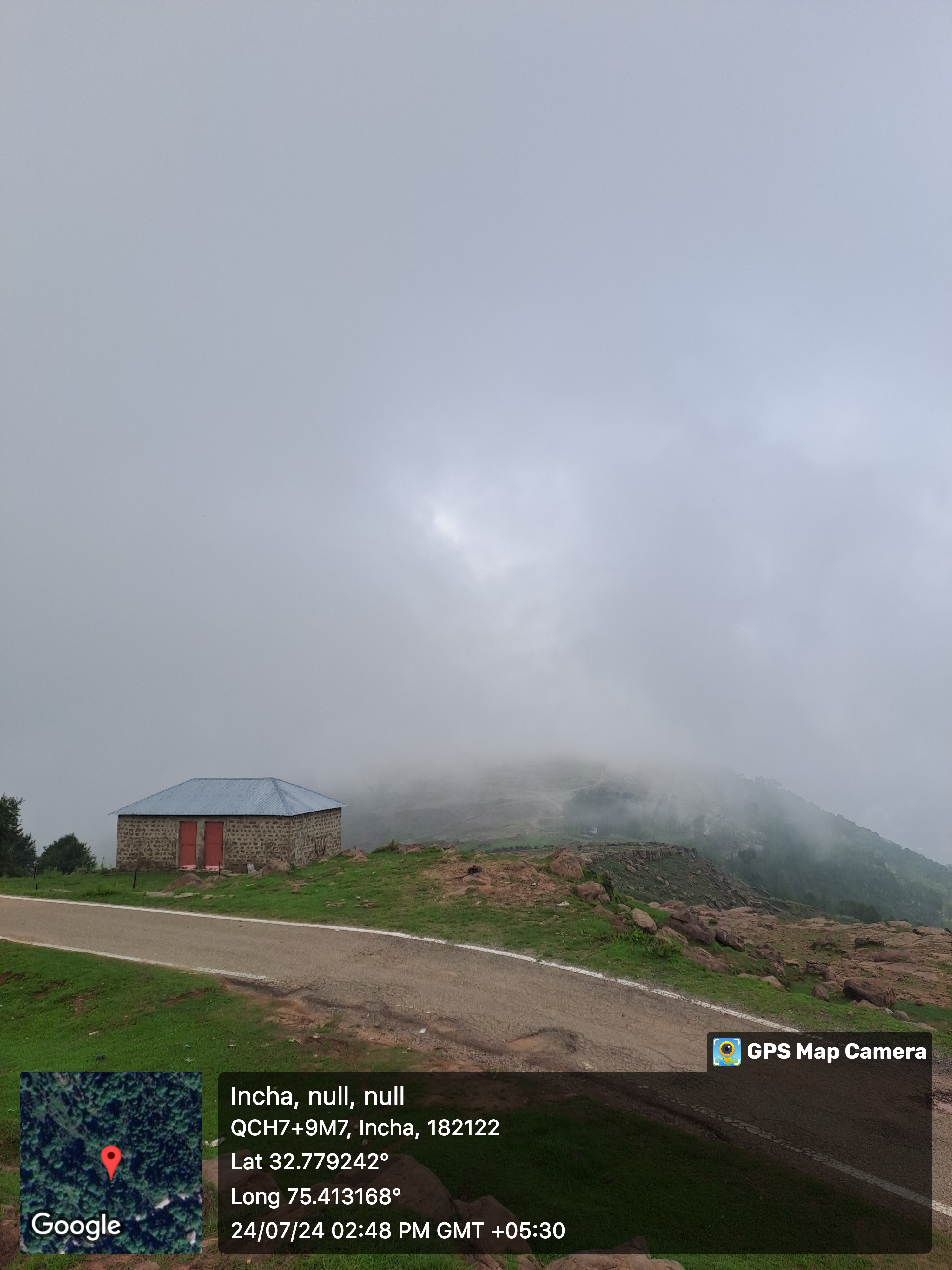
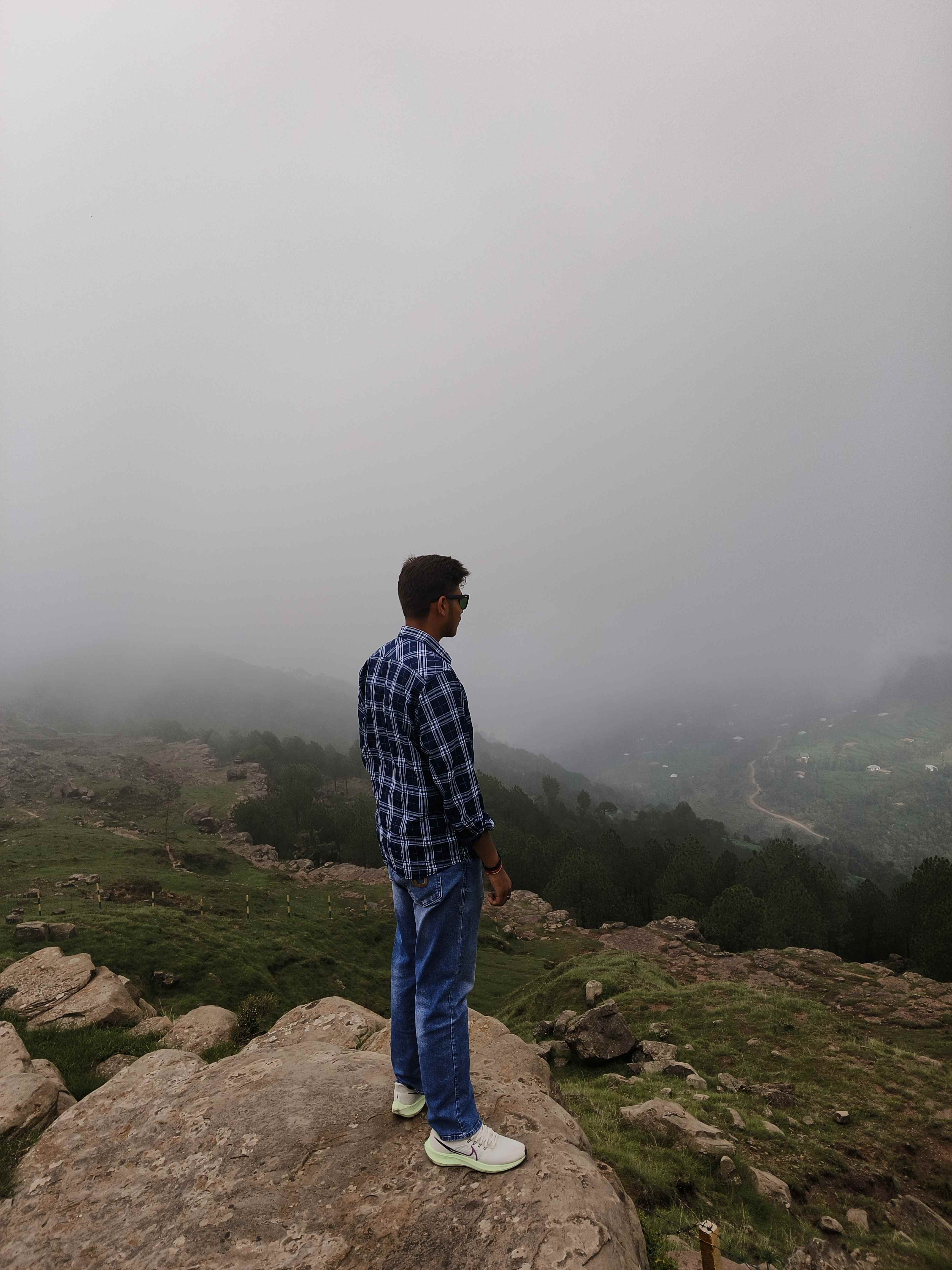
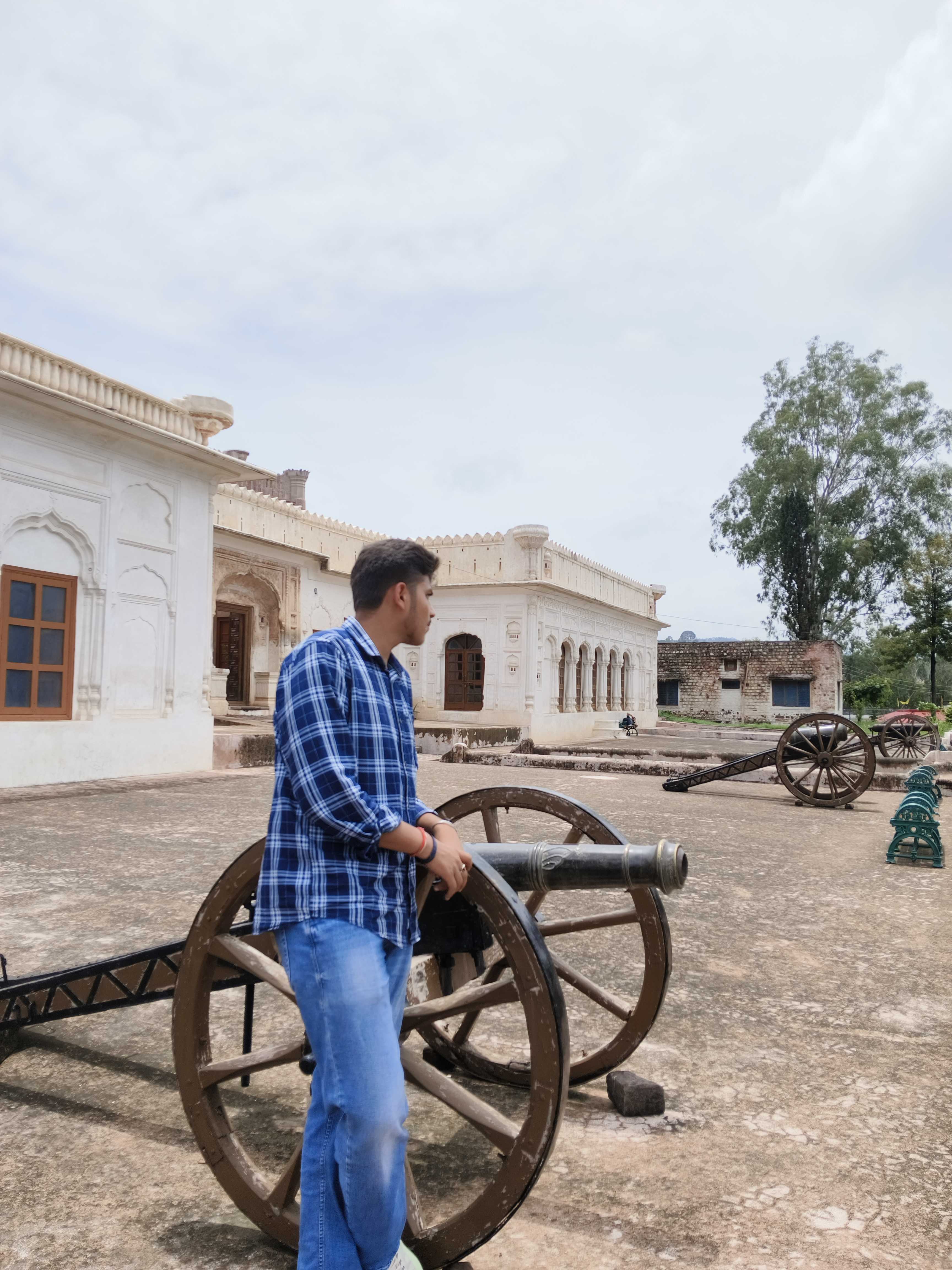
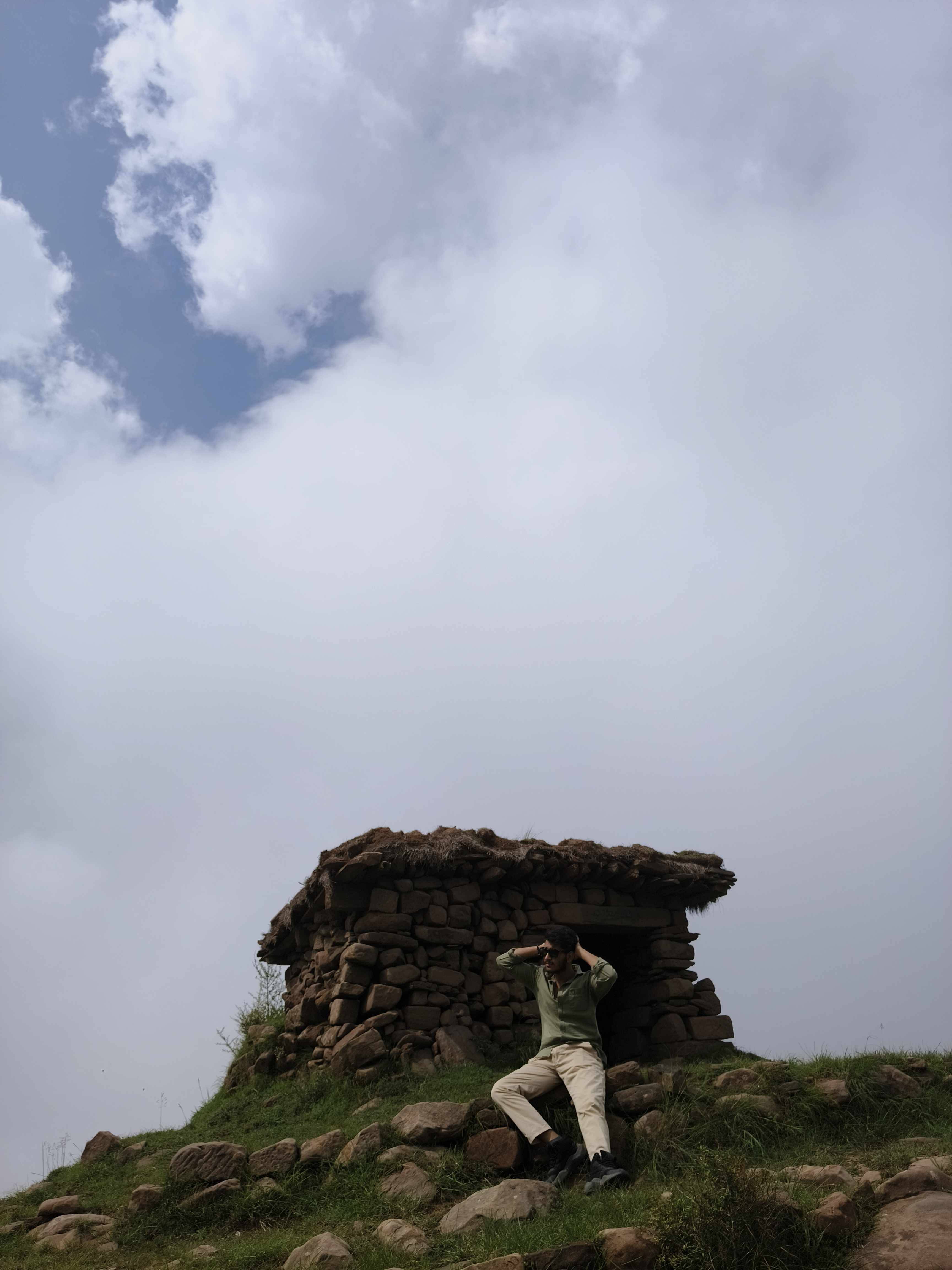

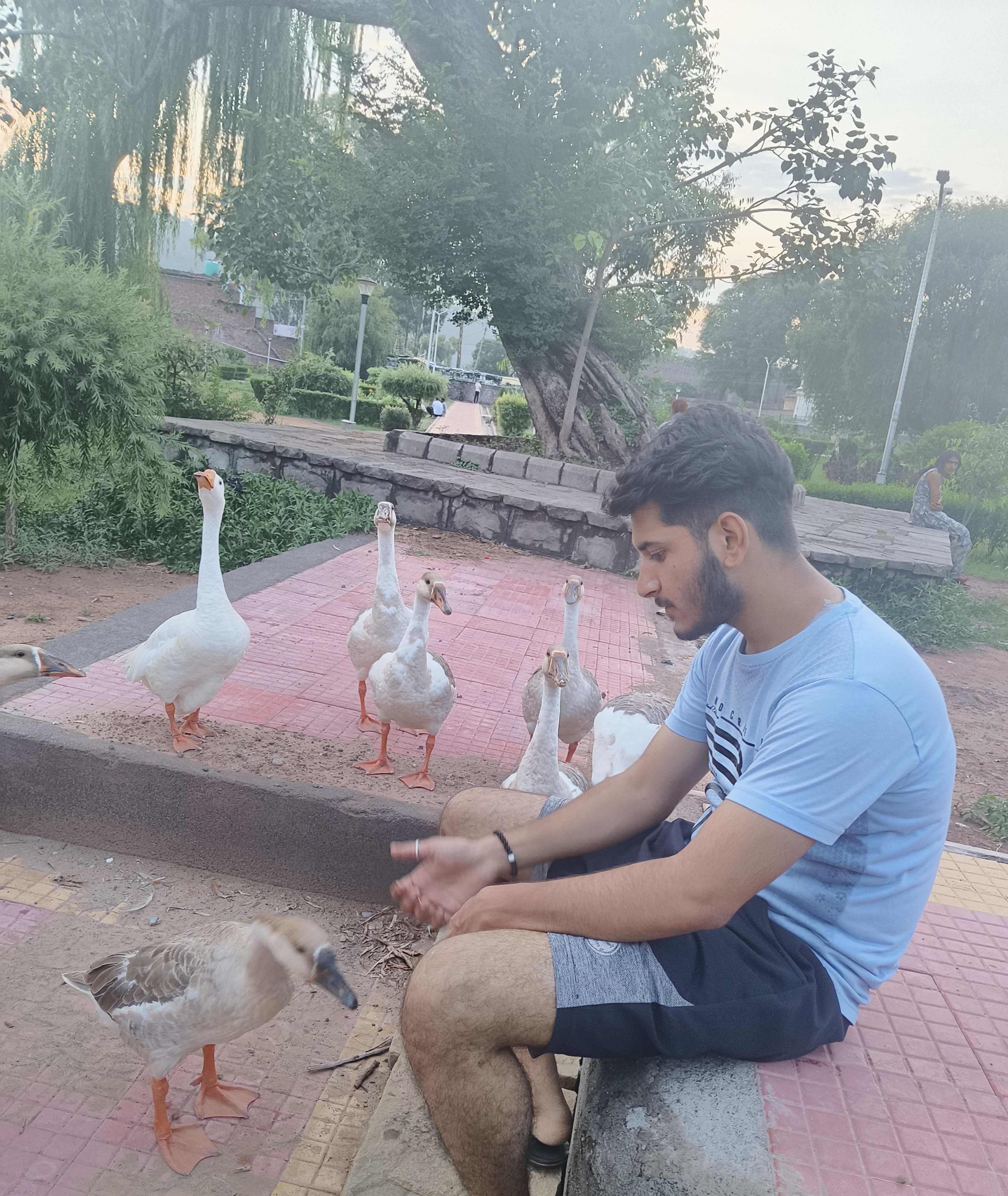



Great !!